Event Summary
Liverpool City Region Development Update | Photos and summary
With a freeport, investment zone, internationally recognised brand, and an extensive pipeline of projects, Liverpool City Region is loaded with opportunity.
Nearly 200 property professionals attended Place North West’s Liverpool City Region Development Update conference on 9 November to find out more about the region’s development scene and what is being done to capitalise on its advantages.
The event was held at INNSiDE by Melia in the city’s business district and hosted by Place North West editor Julia Hatmaker. The conference was sponsored by Morgan Sindall Construction, Telcom, Fairhursts Design Group, and Freeths.
Sailing away?
The breaking news of the day was Liverpool City Council’s surrender of the lease of its cruise terminal on the Mersey – something which was quickly addressed by Cllr Liam Robinson, Leader of the city council, in a Q&A with Hatmaker.
He said: “We need to position this as a good news story. The city council has pump-primed the cruise industry. Now is the right time to step away.”
He pointed out that Liverpool’s cruise terminal is the only one in the country to be operated by a local authority and added: “The private sector can do a better job. We need to look at how we can take this to the next level.”
Time to deliver
Robinson also addressed the city council’s recent period of instability and said: “It’s about hard work not fireworks. Our focus is on doing and delivering.”
He detailed a new senior management team and a series of projects that are not new to the city but who have national significance. Listing some of the key areas receiving immediate attention he named the new Everton stadium, King’s Dock, Festival Gardens, and Liverpool Waters, which encompasses the northern docks.
A question from the audience asked why the crane count on the skyline was only about a dozen, and why international investment was below that of the likes of Preston and Warrington.
Robinson replied: “Our international brand is superb – Liverpool is the 10th most recognised city in the world – but that hasn’t translated into direct foreign investment and that’s not good enough. We have to reach out more.”
In relation to financial pressures for local government, he said: “One of the biggest challenges we have is finance and budget but this city council will not be going bust. We are being very prudent.”
Transport tales
Asked about rail links to Bramley Moore, the site of Everton’s new stadium, Robinson said the business case “didn’t stack up” for a new station that would only be used on match days. Neither did he think trams would be re-introduced due to the costs and practicalities of infrastructure. However, he did say conversations were being had about bringing bus lanes back, a bus rapid transit system, and creating a more “reliable and comprehensive” network of public transport routes.
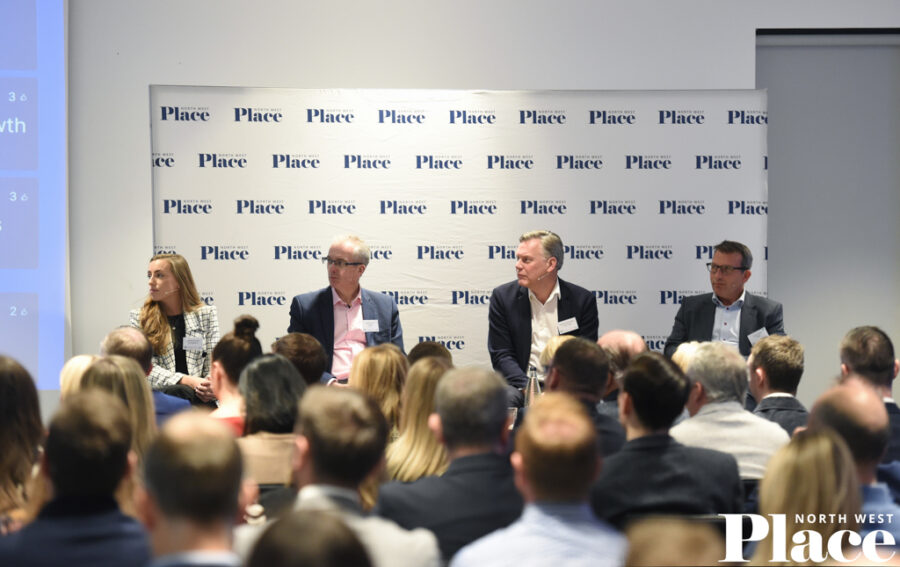
The event’s first panel: City Residential’s Sam McCauley, Langtree’s Malcolm Jackson, Avison Young’s Stephen Cowperthwaite, and Freeths’ Andrew Nichol. Credit: PNW
Office opportunities
Stephen Cowperthwaite, principal and managing director for the regions and Liverpool at Avison Young, said the city has office vacancy rates of just 0.2%: “We just haven’t got the stock.”
He added that Avison Young’s comparison of the Big Nine cities showed Liverpool had the lowest rents. “Add to that rising construction costs and that’s a major challenge,” he said regarding viability.
But he also said there were positives: “There is a huge opportunity to focus on key sectors – health and life sciences, creative and digital.”
Stable homes
Samantha McCauley, head of sales at City Residential, said things are “on the up” in her sector adding: “The stabilising of interest rates will help regain buyer confidence.”
But she highlighted how Liverpool had the highest number of university campuses of any city in the UK which impacted housing stock already in short supply. She also said: “We need affordable options as well.”
Robinson was also asked about the large volume of student accommodation and said efforts were being made to introduce more multigenerational living in the city centre, saying the council needs to work to “complement the mix”.
Alan McBride, technical director at placemakers Muse, said creating family housing was harder than putting up apartments very quickly: “It’s challenging because you build to your sales rate. It comes back to viability but when we can do it, we do it.”
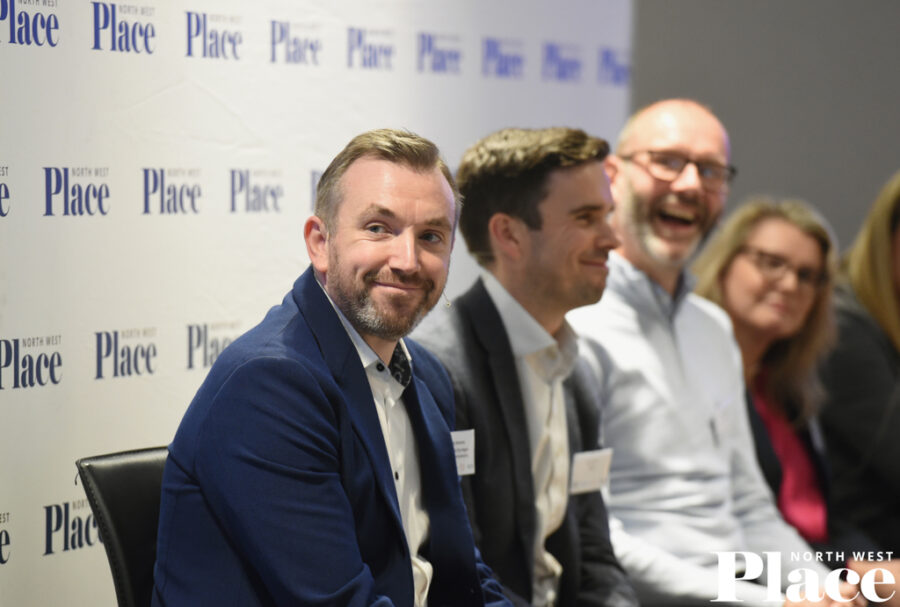
Resi and industrial sectors were also discussed in the second panel of the day, pictured here from left: Liverpool City Region Combined Authority’s Andy Devaney, Arup’s Ian Ford, Muse’s Alan McBride, Liverpool City Council’s Nuala Gallagher. Not pictured is Wirral Council’s Cathy Palmer. Credit: PNW
Industrial update
Malcolm Jackson, chief operating officer at Langtree, said his teams were experiencing consistency in demand, year on year, in enquiries about small box industrial accommodation, but that these weren’t always translating into viewings. He added that big box land values had come down.
However, he was excited for the opportunities the development of the Parkside Colliery site would bring for logistics and manufacturing. He also discussed Liverpool City Region’s freeport, stating that it “will be a big boost” for the industrial sector.
Andy Devaney, assistant director of investment at Liverpool City Region Combined Authority, said the benefits of the freeport were already being seen, with St Helens a key part of this. Devaney added: “The first site is live and nine and in the pipeline. People are interested in the tax benefits and incentives.”
Leisure demand
Andrew Nichol, managing partner of law firm Freeths, said his firm was busy, with much activity in the leisure sector because of a lot of vacant spaces in retail sites. Two of his quirkier examples included a go-kart experience in the former Debenhams premises, and a bingo hall moving into a former Next store. But he warned: “We mustn’t lose sight of a sensible balance of leisure and business.”

City Residential’s Samantha McCauley highlighted the waterfront as a hotspot in the city region. Credit: PNW
Hot properties
Hatmaker asked about property hotspots across the Liverpool City Region. Unsurprisingly, McCauley said demand on the waterfront was high – from Bramley Moore to the Festival Gardens. “How many other cities have that advantage?” she asked. “That will spur on the city centre.”
Jackson said the science and laboratory sector was one to watch in the city region. The science sector is experiencing lab shortages. Playing to the region’s strength is that “people in a science environment want to be in a focused location,” Jackson said. Good news for SciTech Daresbury and the future investment zone.
Cowperthwaite sang the praises of the LCR towns, singling out Sefton Council’s purchase of Bootle Strand Shopping Centre as one example of a “catalyst” for the area.
Standing tall
Liverpool’s tall building policy was questioned by the audience, with Nuala Gallagher, corporate director of city development at Liverpool City Council, defending the authority’s stance. She said: “We see this as a positive document. We want good quality in the right location.”
Sticking with the subject of strategy documents, Ian Ford, associate at Arup, said guidance was key and that it helped eliminate risk for councils and their communities, helping to ensure stability, giving a vision, and a baseline.
The seemingly endless issue of planning department delays were raised once more. McBride said: “We look at planning as one of our biggest risks. I am all for democracy but officers can be with you and then politics comes into play.”
Talking about the staffing issues, Cathy Palmer, head of regeneration delivery at Wirral Council, said: “It is ridiculously hard to recruit. There is a massive skills shortage.”
Big on brand
‘Liver-politan’ became one of the words of the morning – with a mixed love/hate response – amid many references to the city region’s strength of brand. The term was meant to convey a united city region – a term that those in Knowsley, Sefton, Halton, St Helens, and Wirral can use as much as those in Liverpool.
Building up the city region’s brand are football, music, life sciences and digital expertise – alongside Liverpool’s huge visitor economy.
Palmer said culture was LCR’s USP, and Gallagher agreed, while Devaney said the city’s global brand surpassed that of Manchester. He added: “There is so much opportunity here that needs eking out.”
Ford said: “Liverpool is known for being brave and confident, putting a head above the parapet. People aren’t afraid to go for it.”
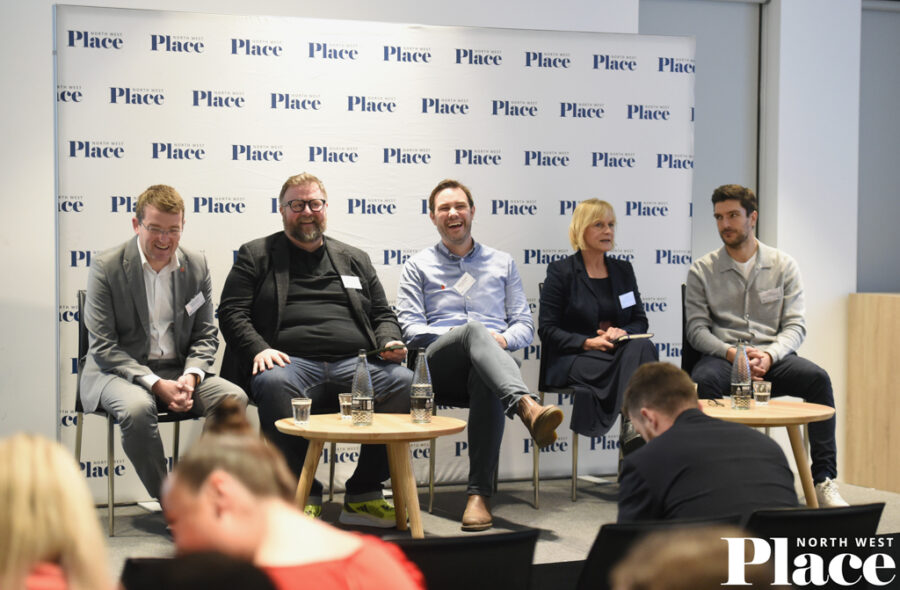
The event’s third panel, from left: Sefton Council’s Stephen Watson, National Museums Liverpool’s Jameijohn Anderson, BOXPARK’s Matthew McMillan, Grwoth Platform’s Janet Nuzum, and Grosvenor’s Rob Deacon. Credit: PNW
Creative culture
Debating what part culture has to play in regeneration, Stephen Watson, executive director of place at Sefton Council, detailed positive steps being taken around the Marine Lake Events Centre on the site of the former Southport Theatre. He said: “We are looking at something that drives visitors from outside the region. We’ve got to do things that stimulate adjacent interest.”
Matthew McMillan, head of development for BOXPARK, was asked about placemaking and he said it was about creating a space for producers and entertainment, while building something people could identify with.
Rob Deacon, director of asset management for Liverpool ONE at Grosvenor, said this was vital and added: “As a destination, you need to offer more than a transactional experience – the best brands, the best fit out, and the best customer experience.”
Janet Nuzum, sector manager of visitor economy at Growth Platform, the Liverpool City Region Growth Company, said culture is at the centre of everything they do as it shows the region can provide a “platform to invest”. She added: “It brings a sense of uniqueness that is not only good for residents but also brings the tourists in.”
McMillan added that his company had had Liverpool in its sights since 2016, considering more than 60 sites before settling on the Baltic Triangle in their first BOXPARK-branded location outside London. He said: “To make it unique we have to make it local. But it’s not just the city region, it’s beyond. When we do a heat map of where people come to our venues we are amazed – customers from all over the country come to our spaces.”
Speaking more widely about growth, he said: “Culture comes from the bottom up. You’ve got to make sure there’s a multiplicity of venues so everyone’s got a chance to produce something, host an event or come to an event. That’s where things start to grow.”
Singing the praises of the Scouse identity, Nuzum said: “At the heart of all of this are the people of the city region. Understanding what your target audience is to resonate with that community, that’s so important. People bring the uniqueness.”
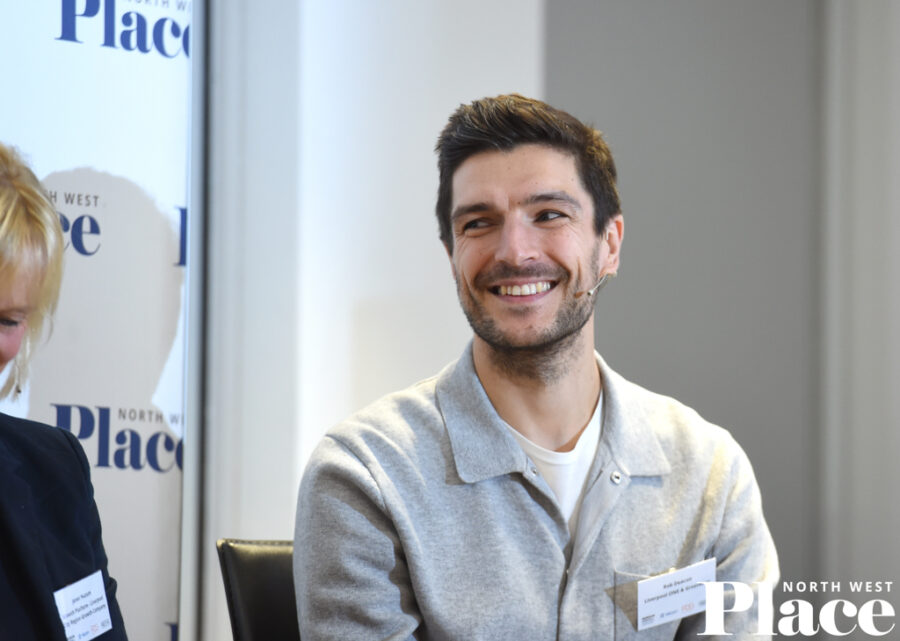
Grosvenor’s Rob Deacon kept mum about what brand he would like to see added to Liverpool One next, but did tease more announcements were due. Credit: PNW
Singing from the same hymn sheet?
There was no suggestion that Eurovision hadn’t reinforced Liverpool’s place on the world stage or that huge events like this shouldn’t happen, but a displacement of economic benefit was discussed. Hatmaker cited a report which said £54m was contributed to the visitor economy, with 473,000 attendees.
Deacon said: “From a retail perspective, the impact was fairly neutral. The restaurants and F&B benefited more. What Eurovision did is showcase Liverpool in its best light.”
Nuzum added: “It solidified our global reputation but we do need to understand and consider the dislocation of activity and recognise the disruption for certain areas, then bring businesses into the supply chain of future events.”
Watson said: “There’s something about capturing good practice and lessons learnt from elsewhere, and finding that balance between a lift-and-shift dynamic – making sure we make the most of opportunities when they come.”
Inclusivity issues
Jamiejohn Anderson, executive director of visitor experience, commercial and operations at National Museums Liverpool, gave an update on his venues’ progress. He said the International Slavery Museum and Maritime Museum were currently in a tender process for a new architect, with an announcement due at the end of the year.
Anderson also described the museum’s push to get the community more involved in the design process for its revamp projects, ensuring that the schemes are inclusive and represent a diverse set of city voices. Anderson described the museum’s take as “co-production”.
Discussing wider decision-making processes in the cultural sector, Anderson was asked if focusing on inclusion could “dilute a design vision”. He gave a definite no to the question adding: “Co-production is not altering the design process. It’s enabling us to get to people and get them into the conversation. It’s allowing other voices into the room.”
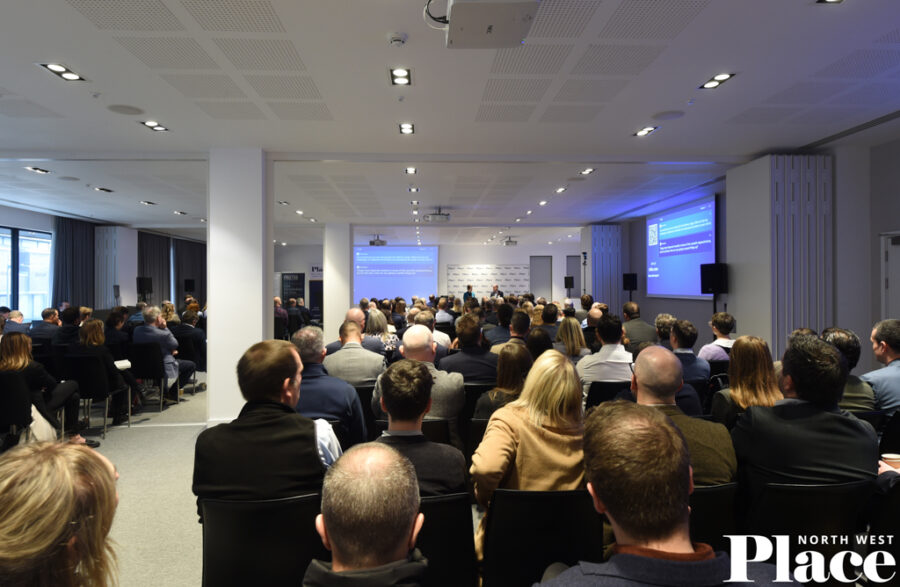
Nearly 200 property professionals attended Place’s Liverpool City Region Development Update. Credit: PNW
What’s next?
The UK has ambitions to be a global science and technology superpower by 2030 and venture capitalists are paying attention – more than doubling their investment in the life science sector last year. Take the temperature of the red hot life sciences sector at Place’s Labs of the Future: Life Sciences Property Update on 23 November in Manchester. Book your ticket.
Click any image to launch gallery


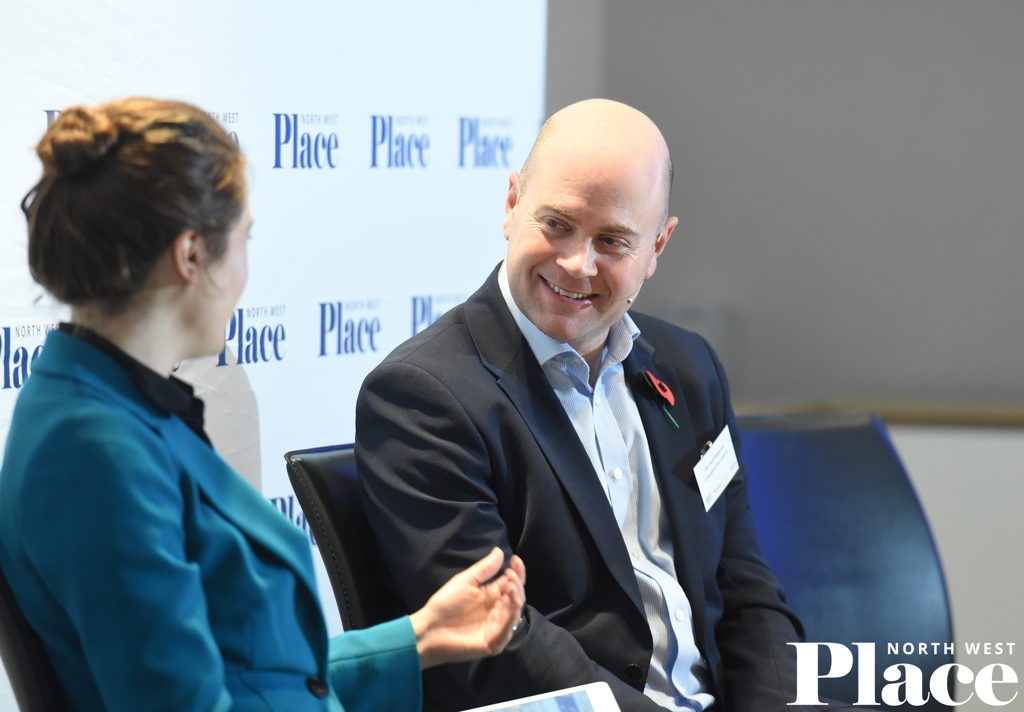

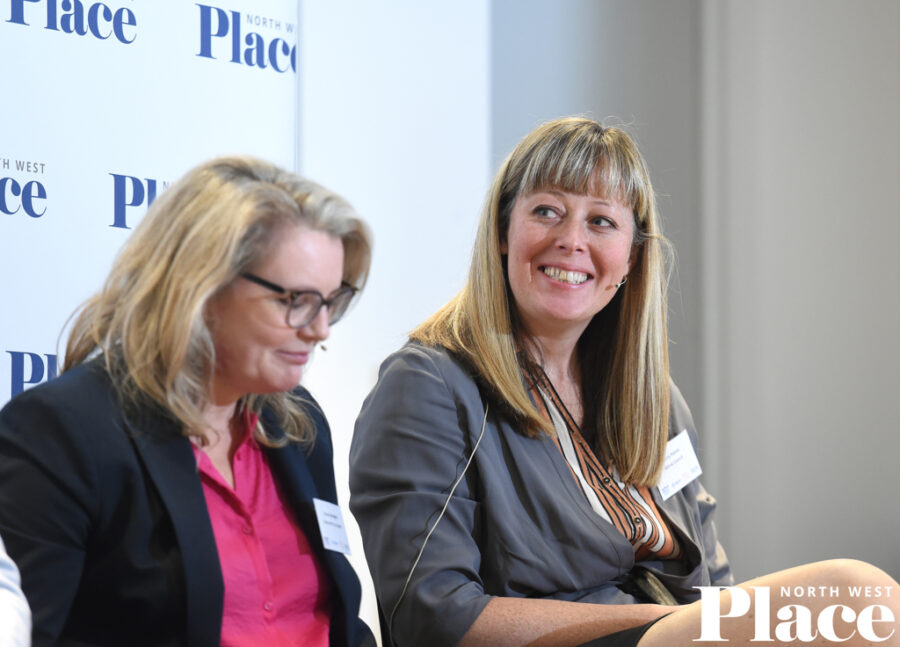
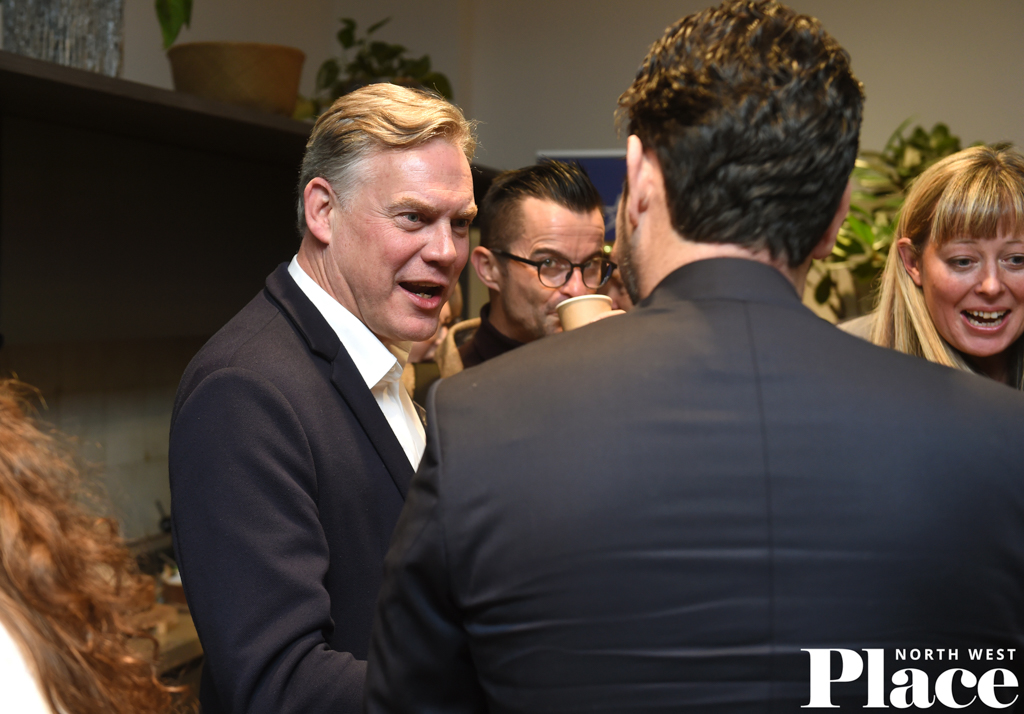
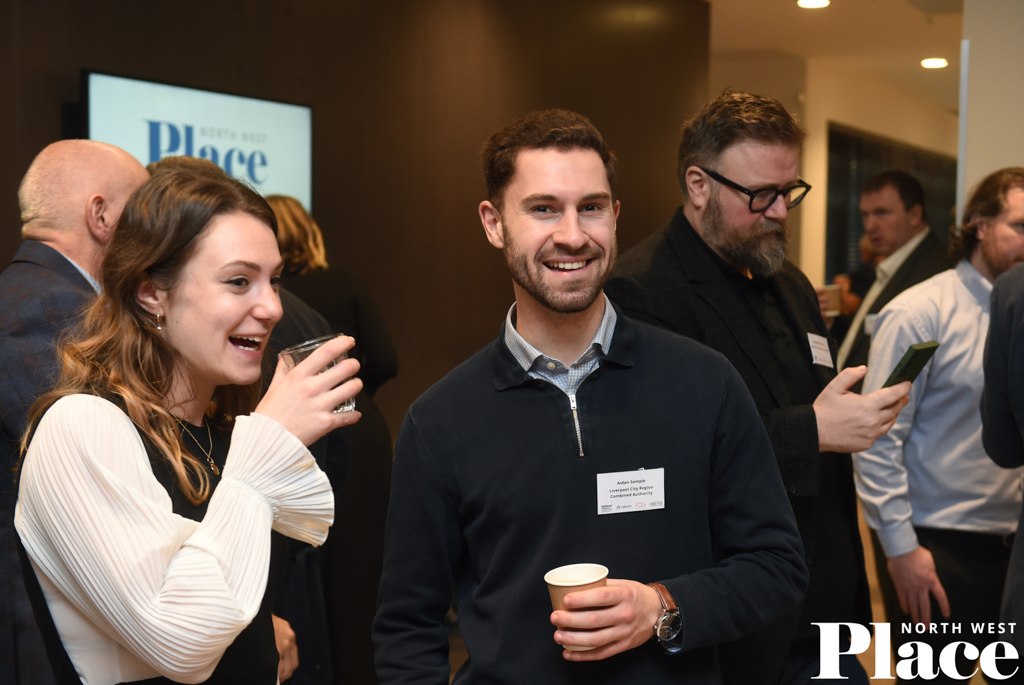
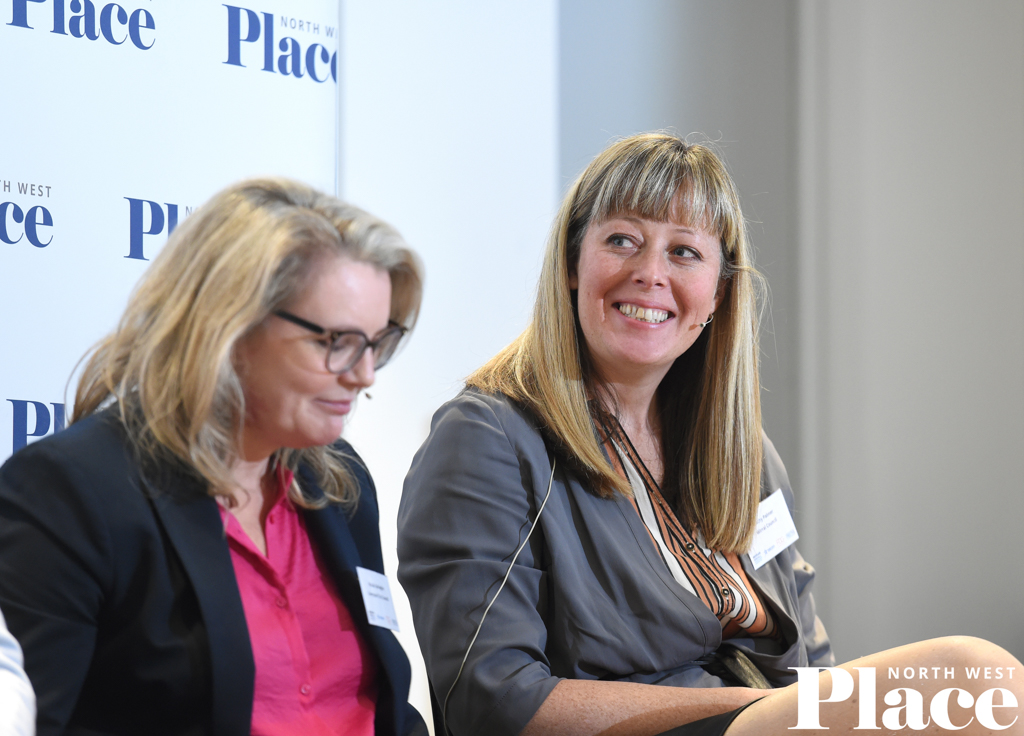
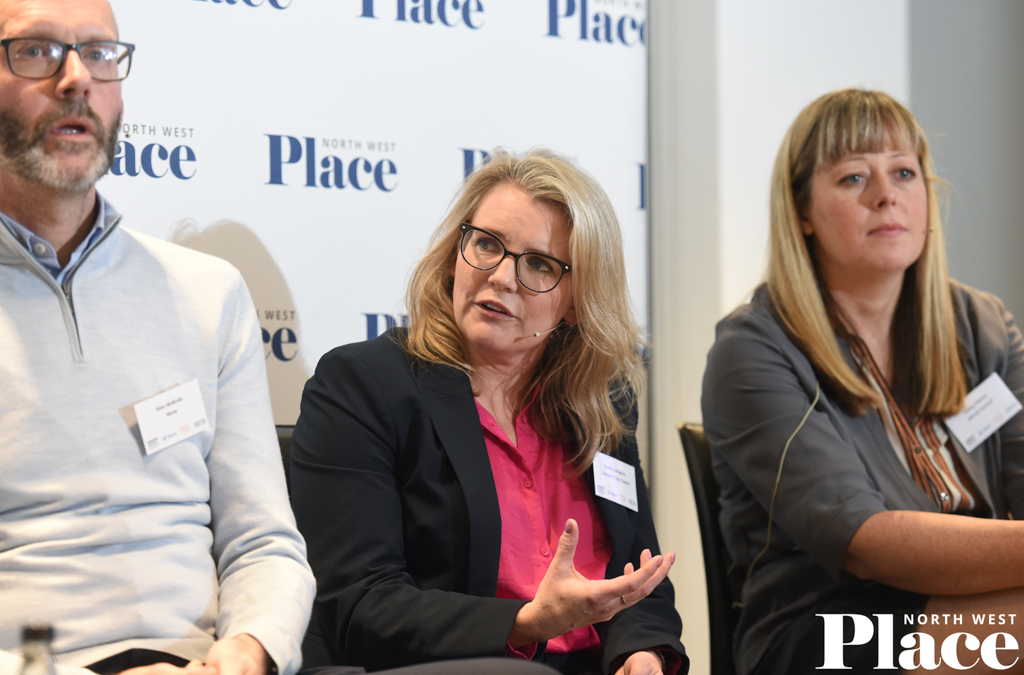
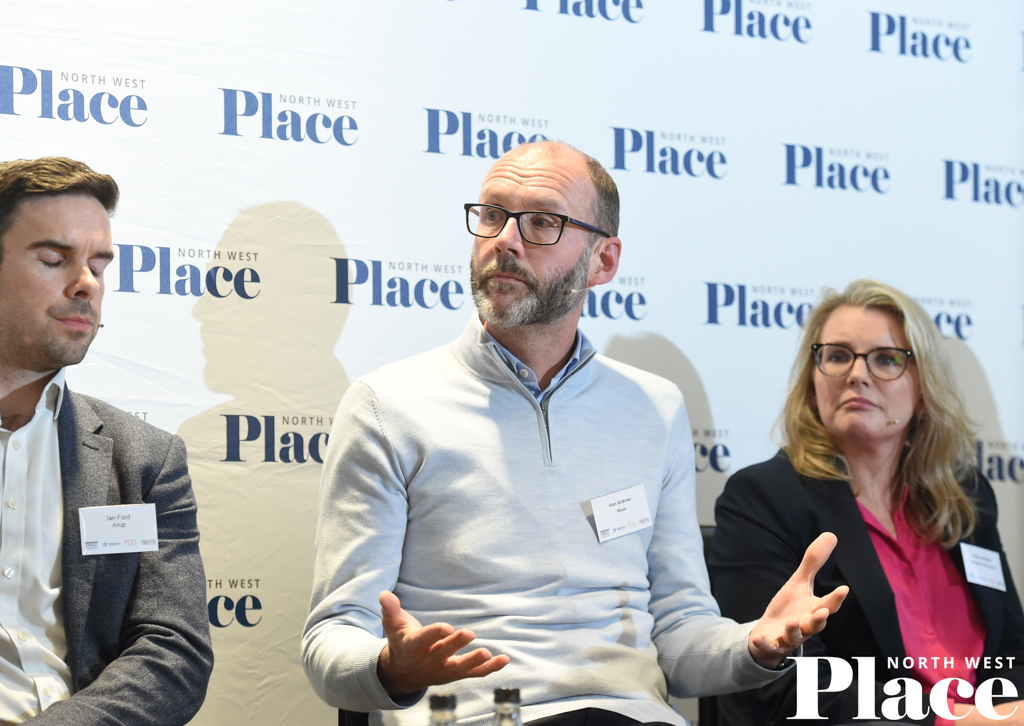
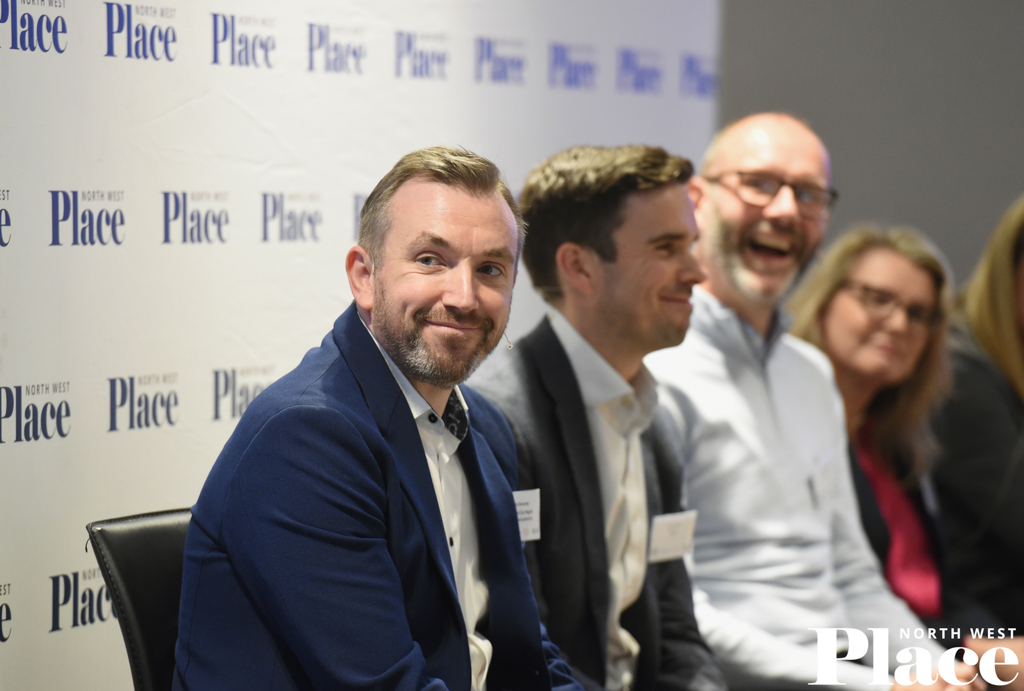
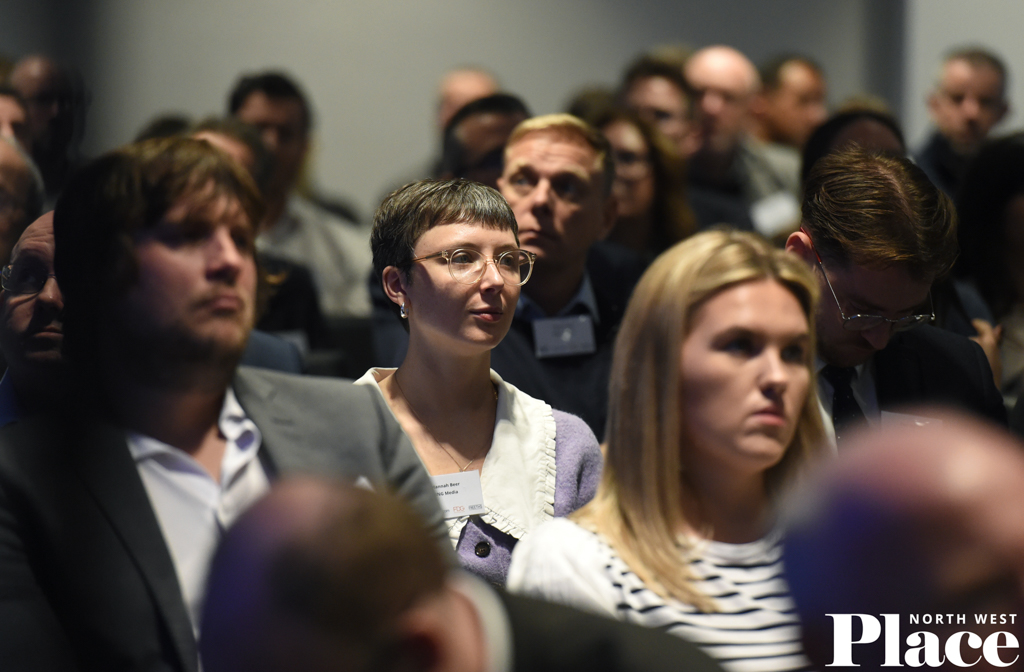
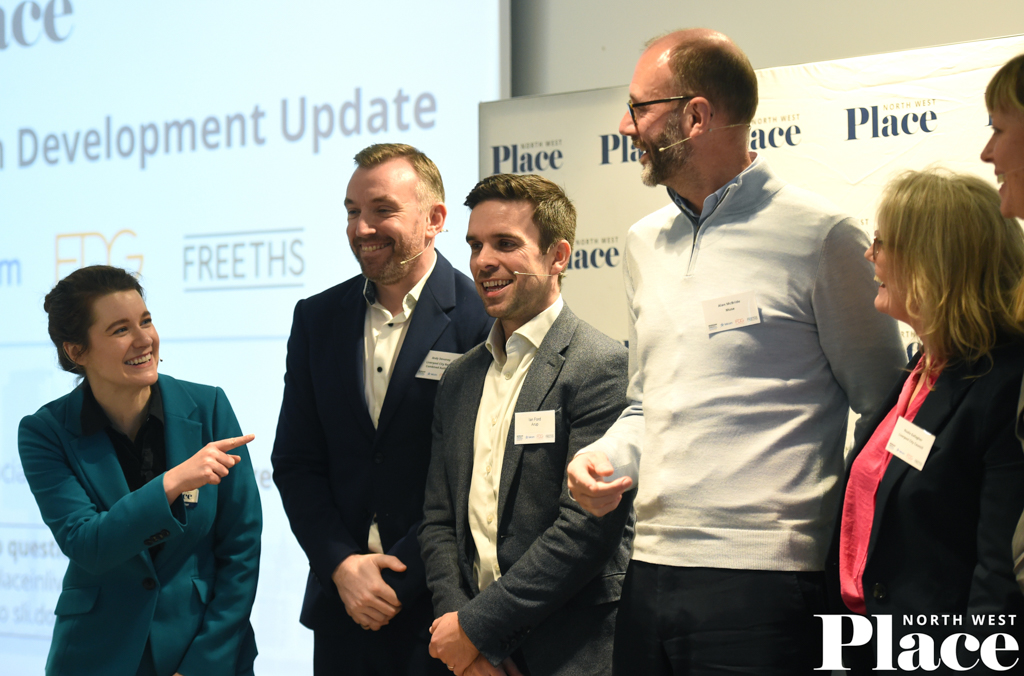
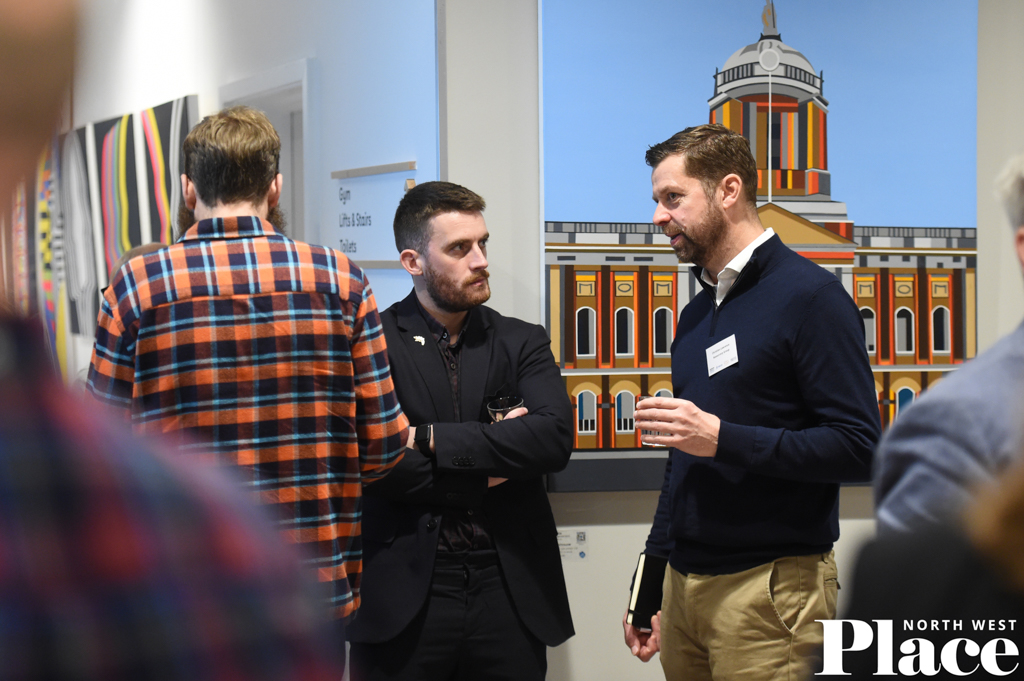
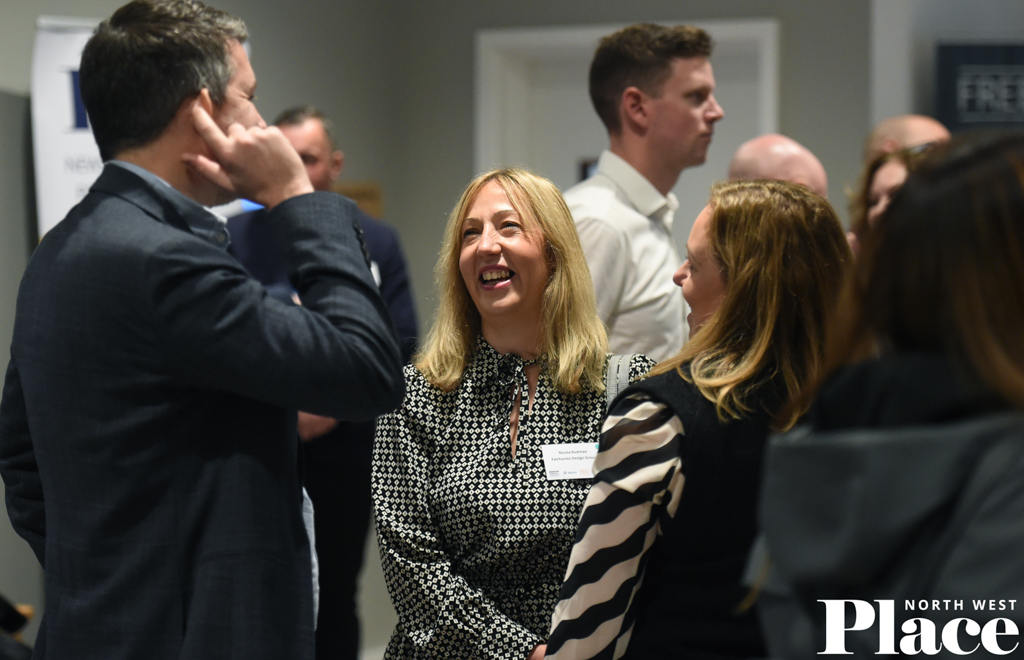
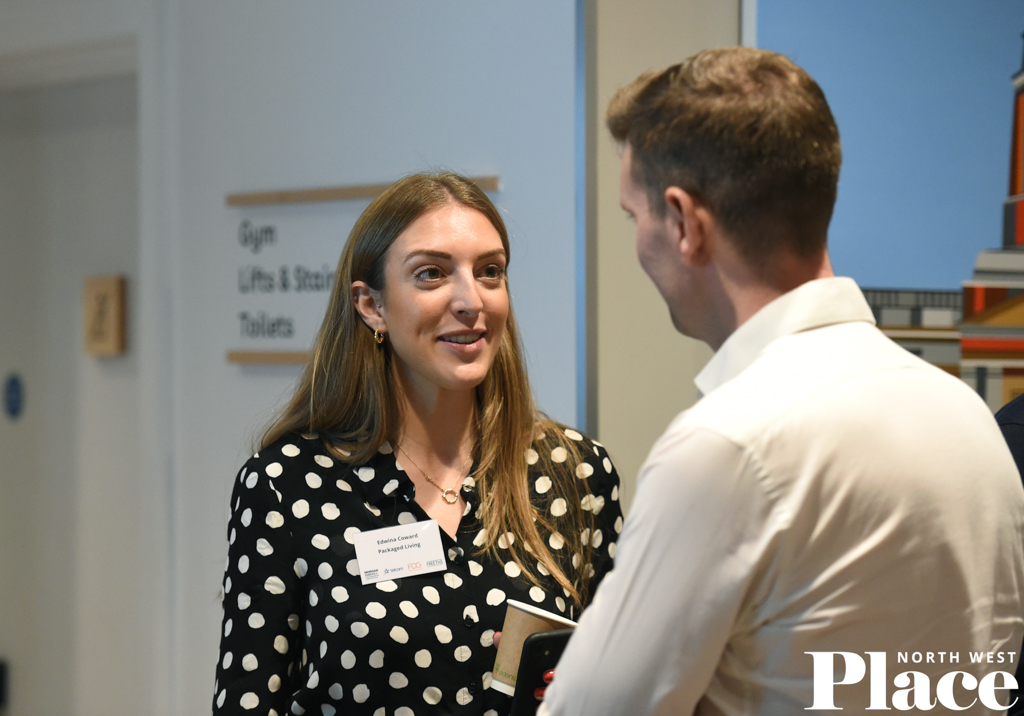
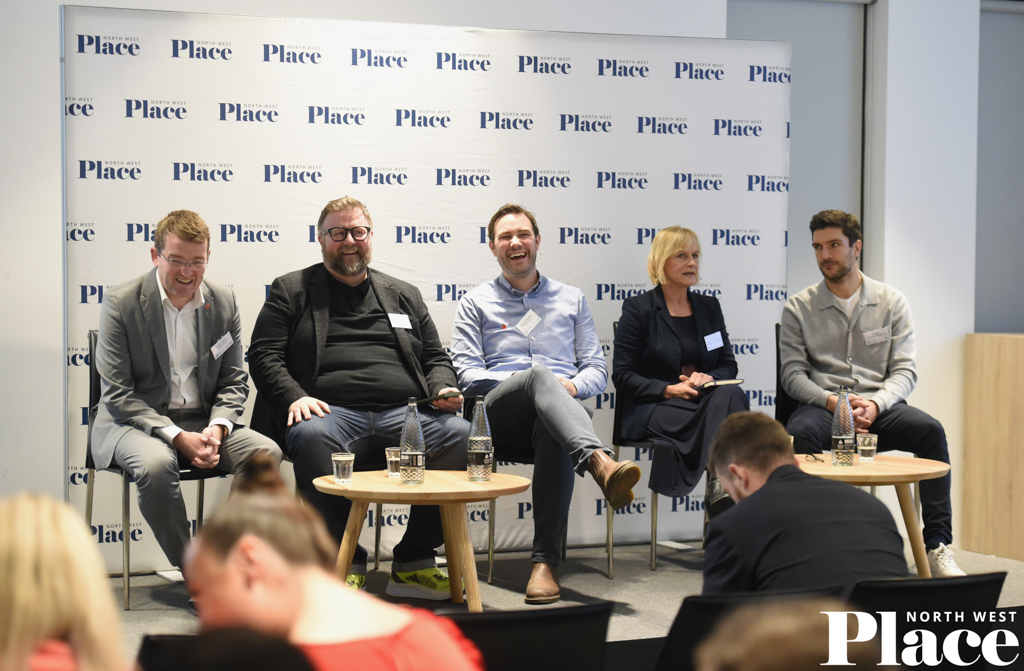
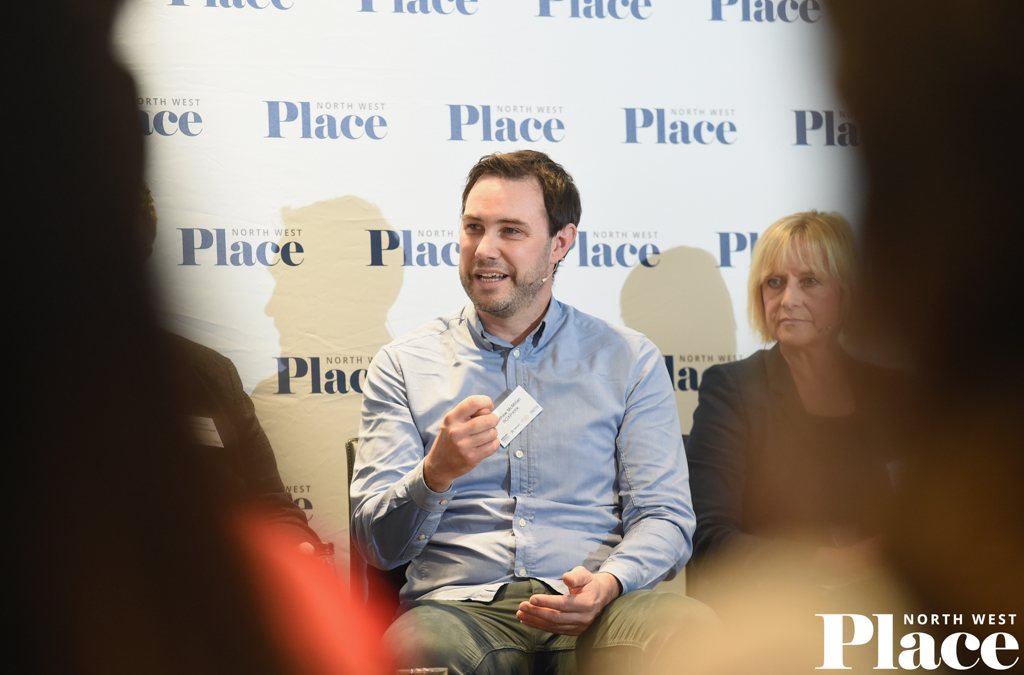
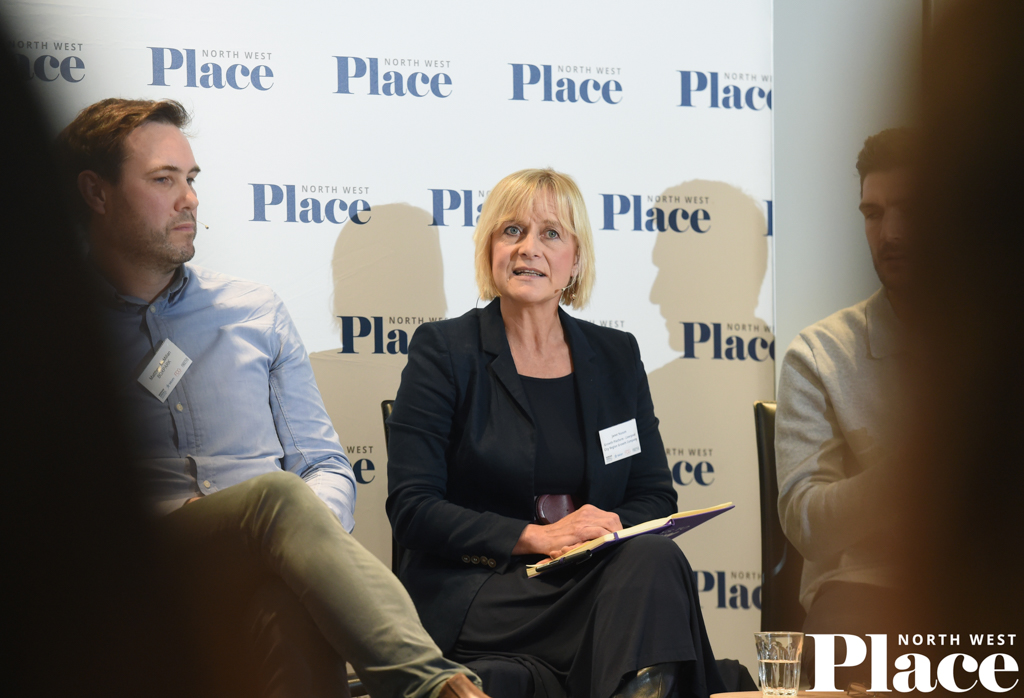
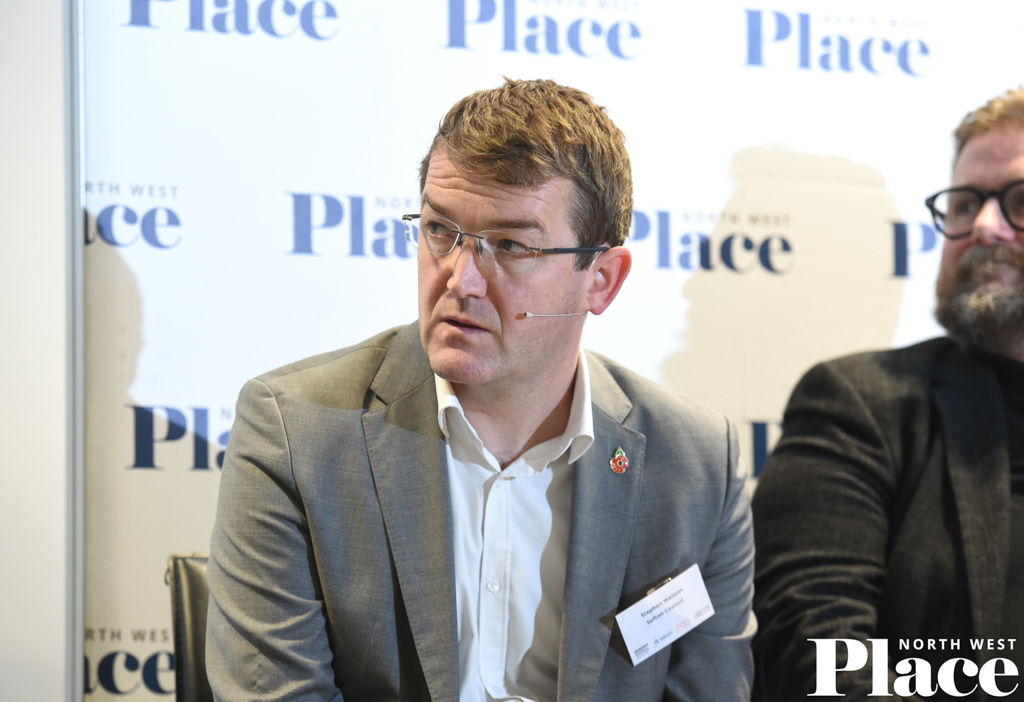
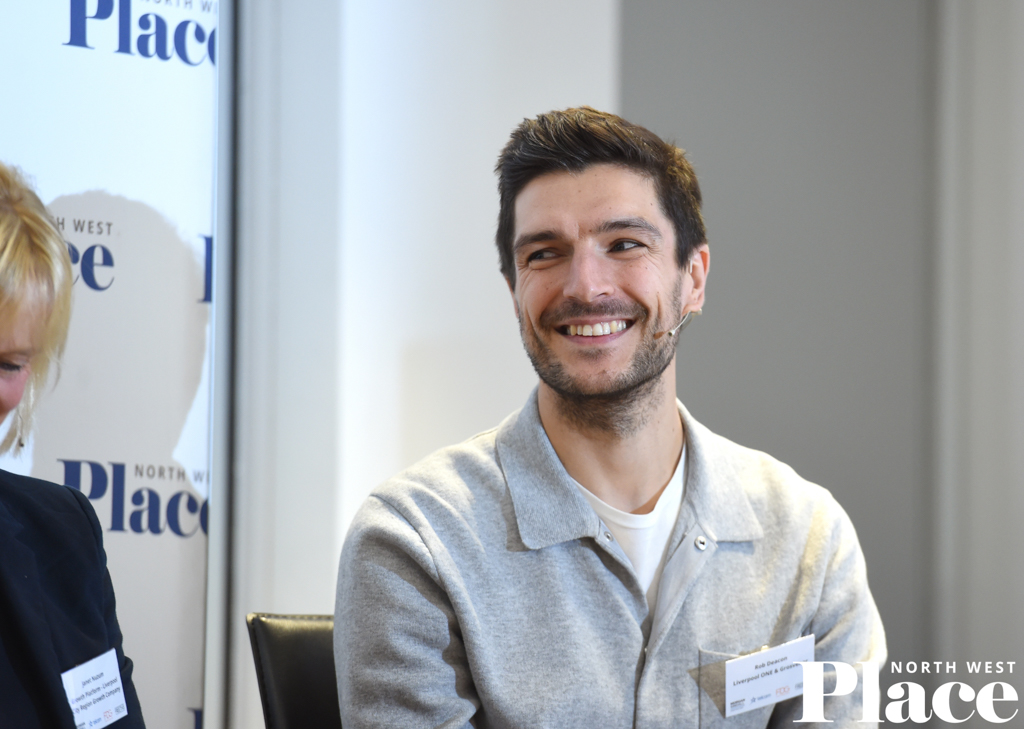
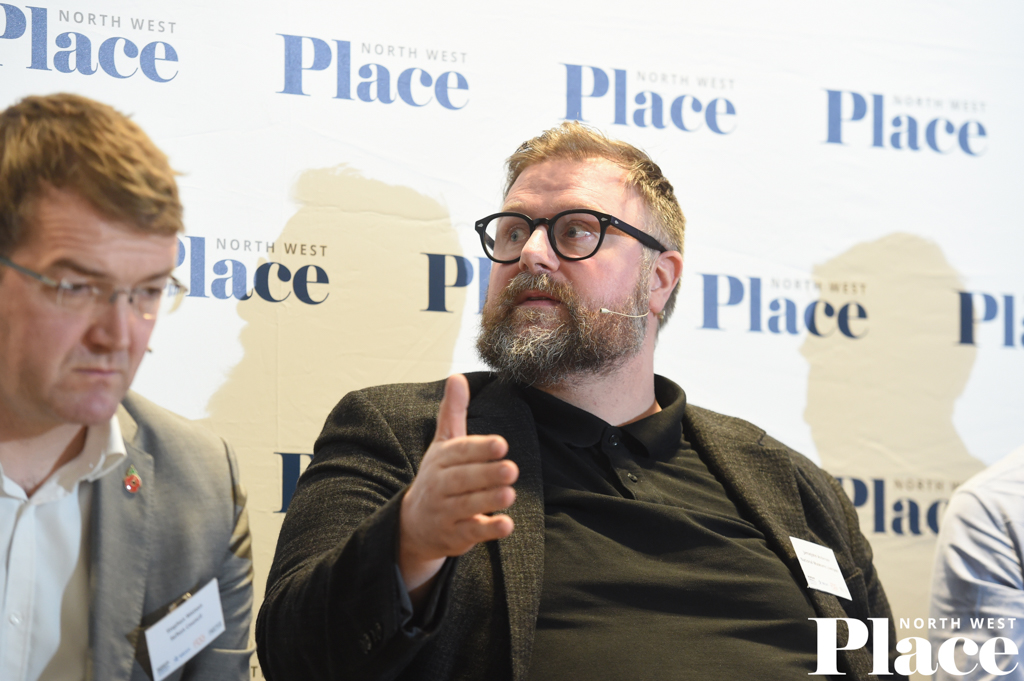
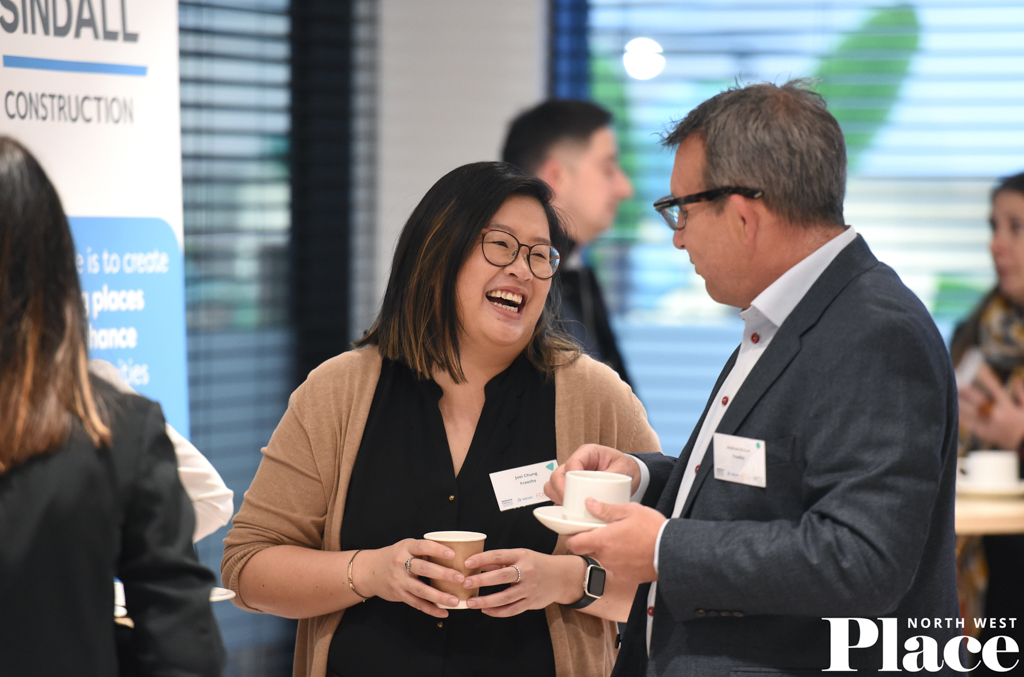
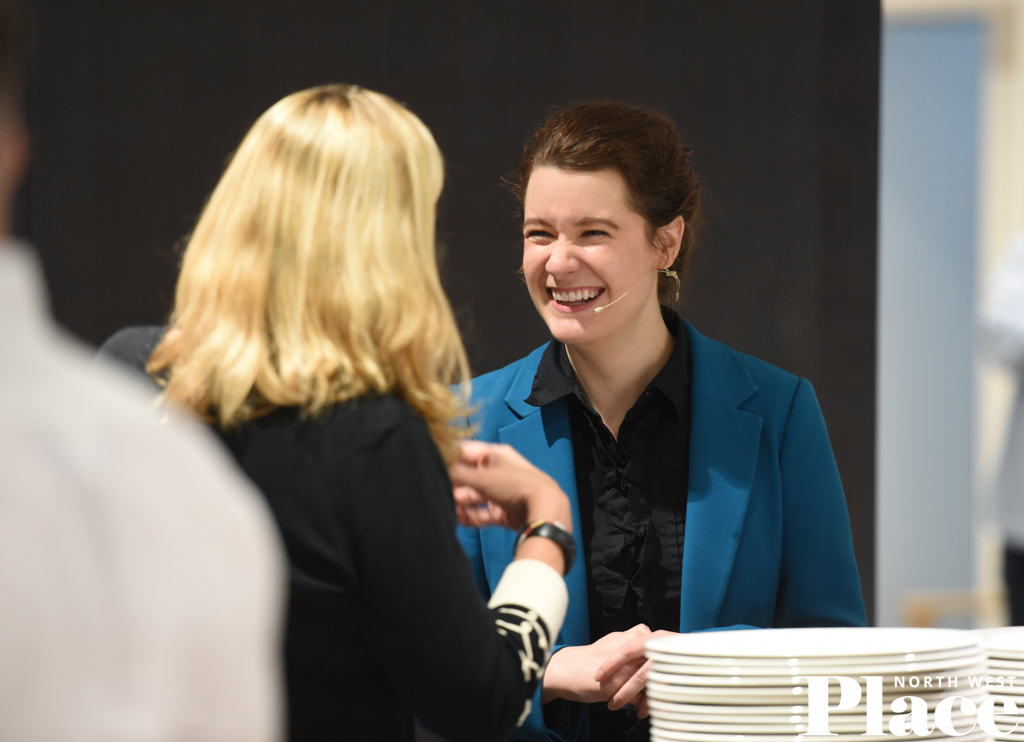
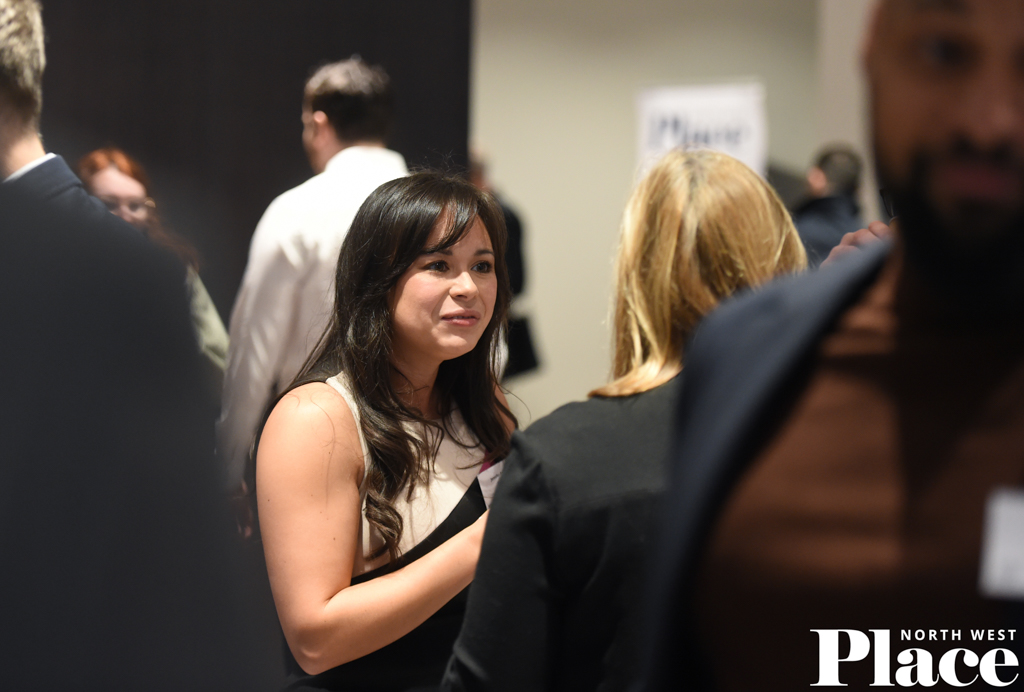
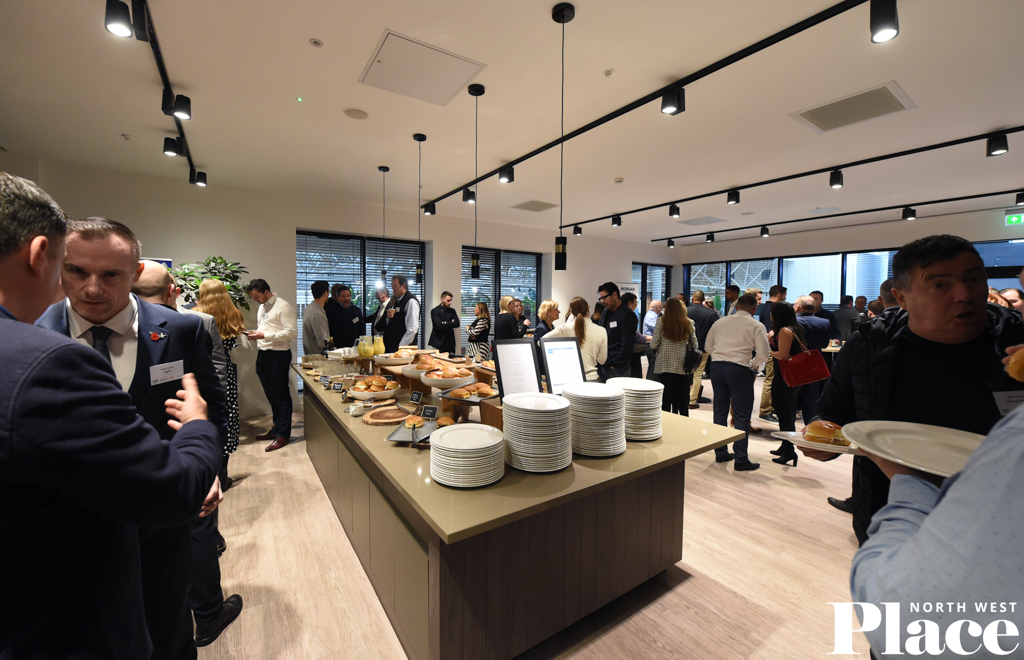
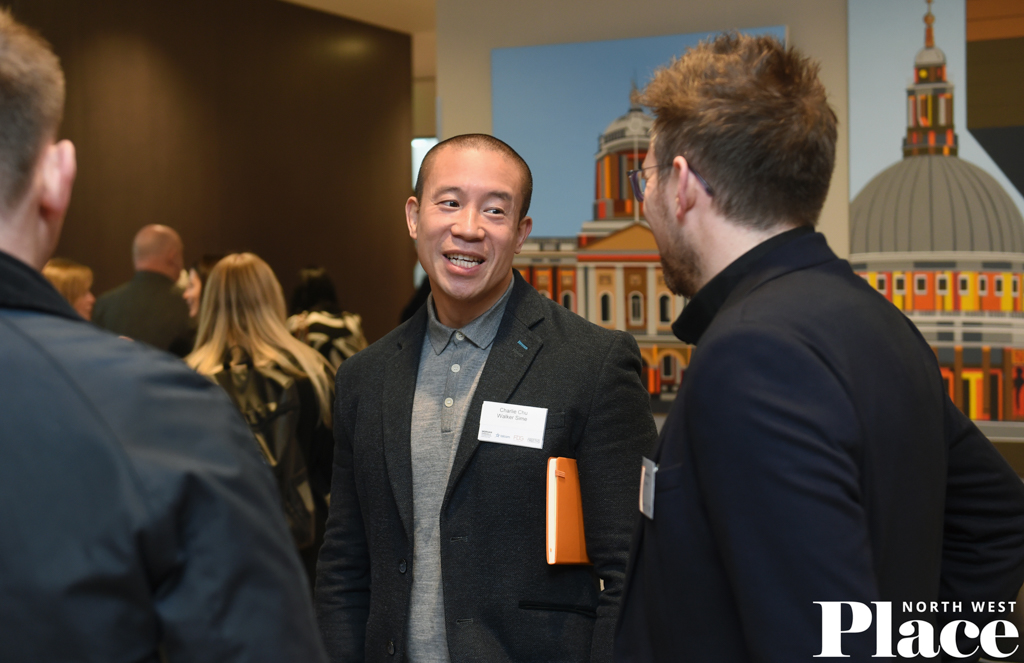




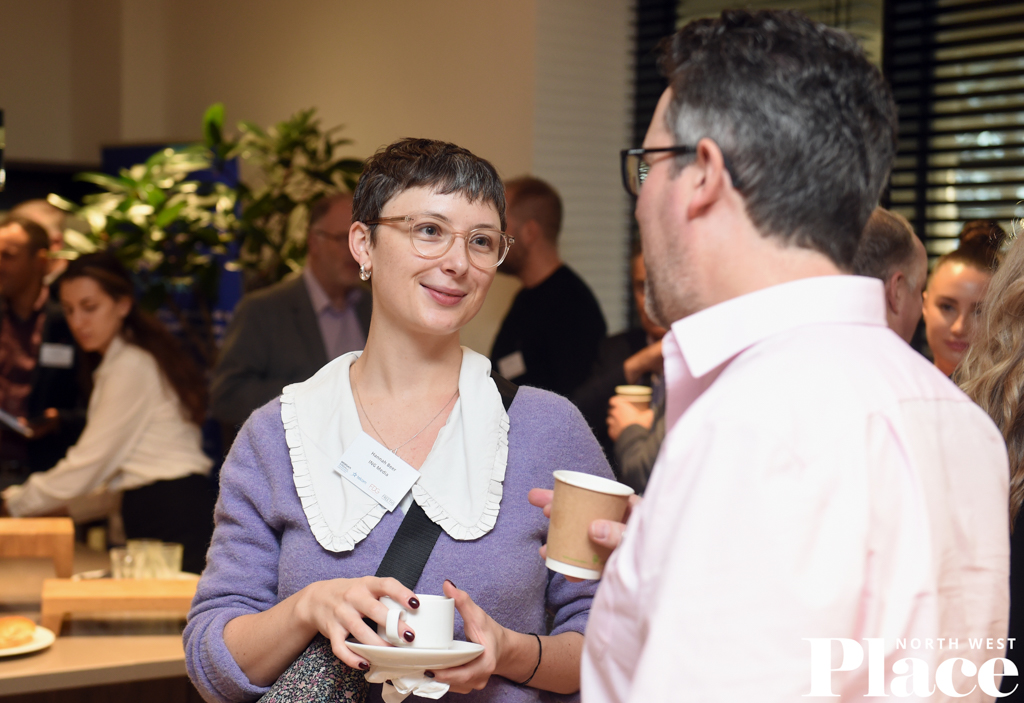
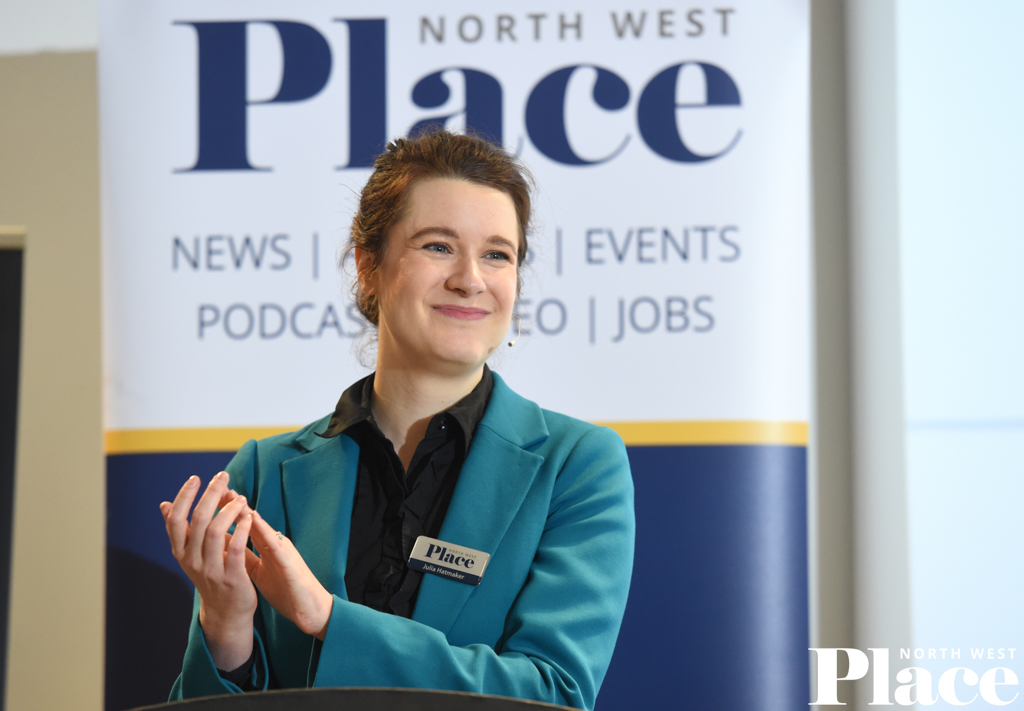
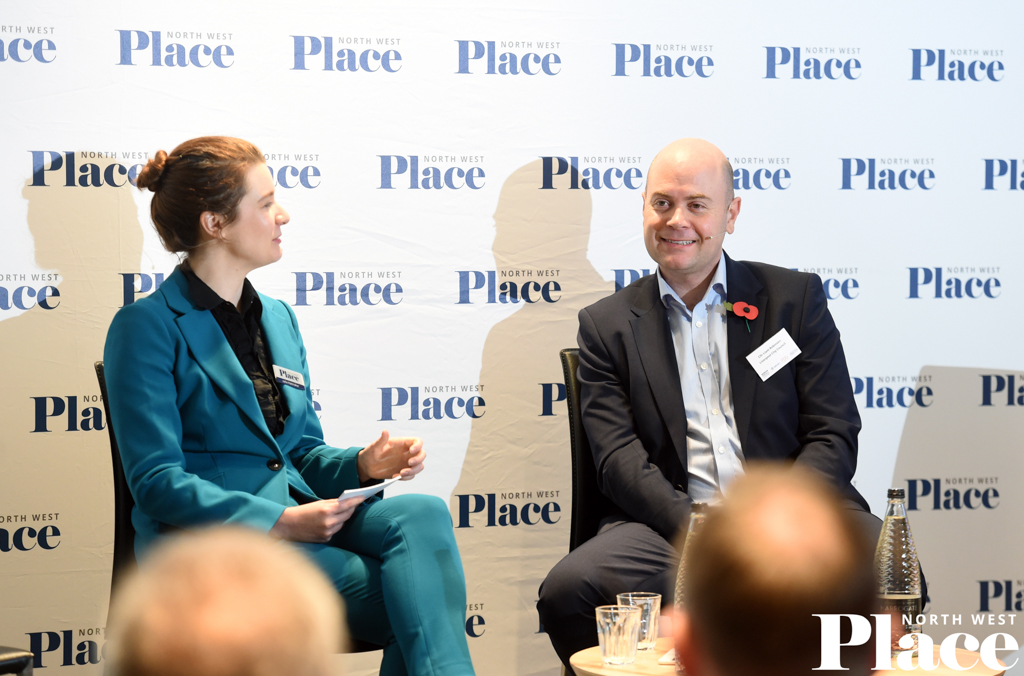
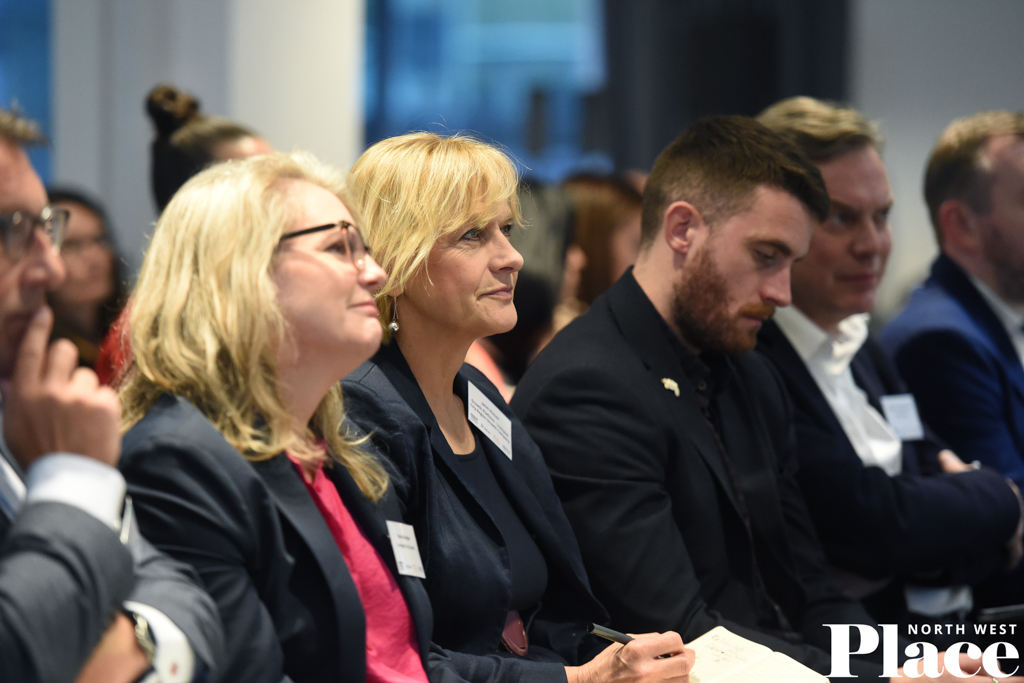
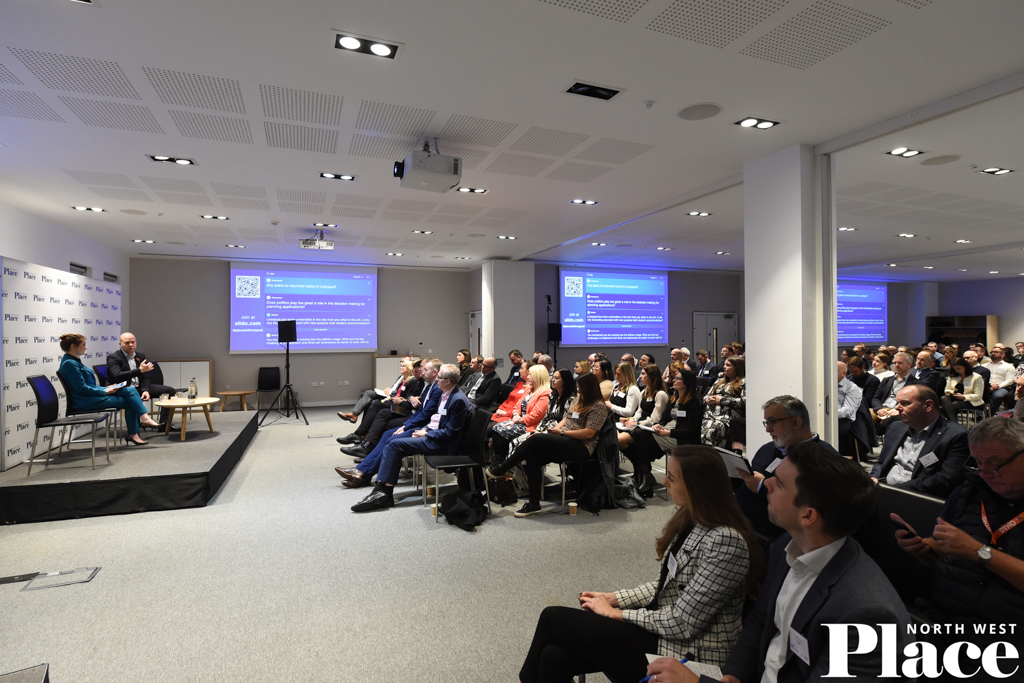
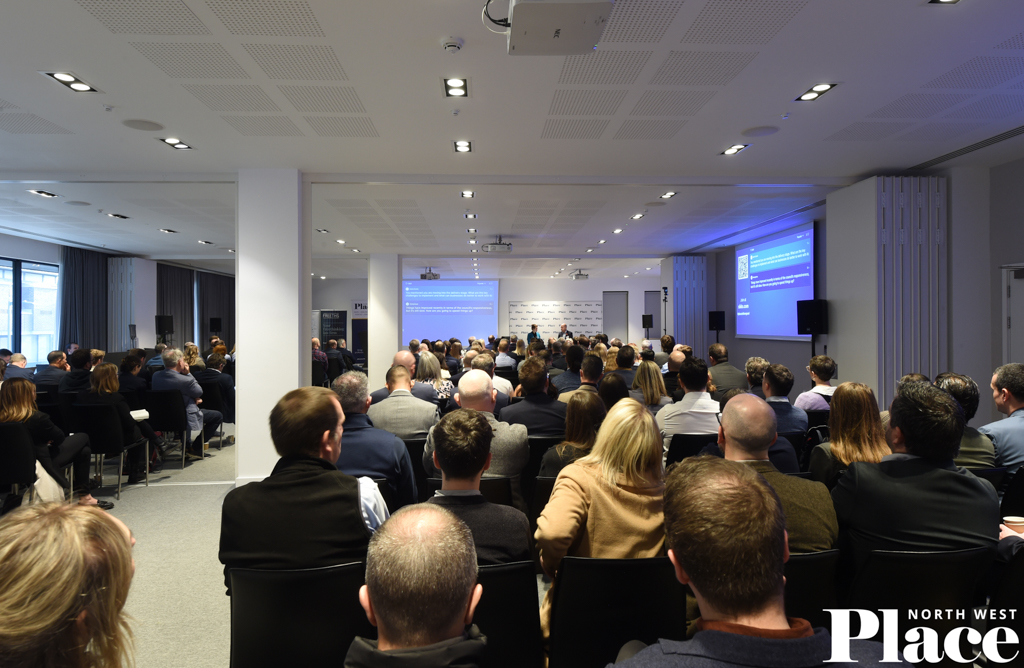
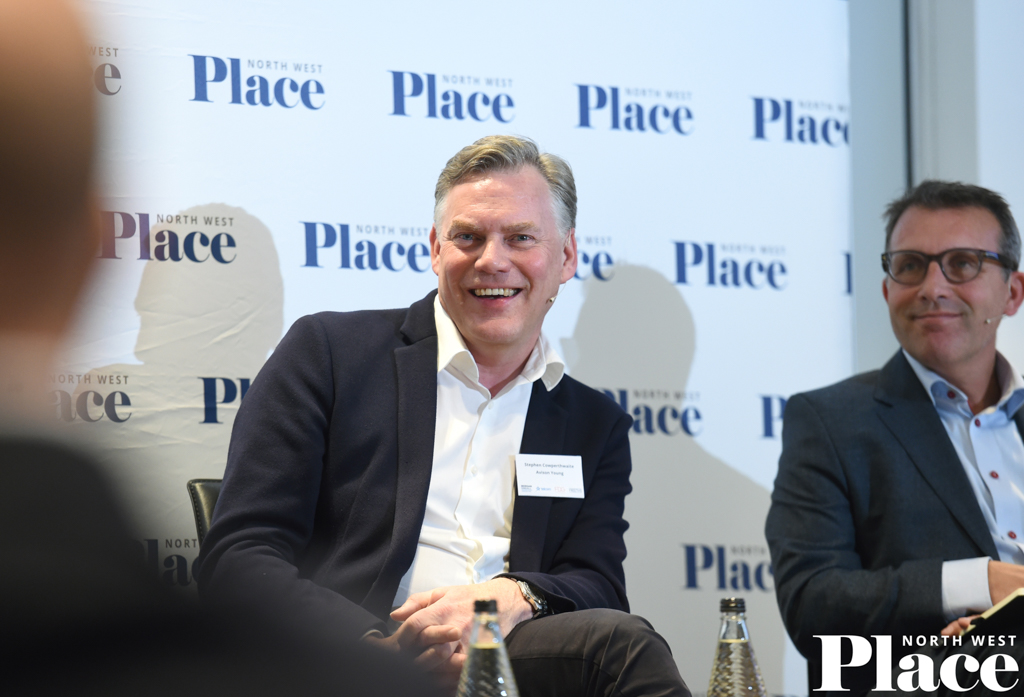

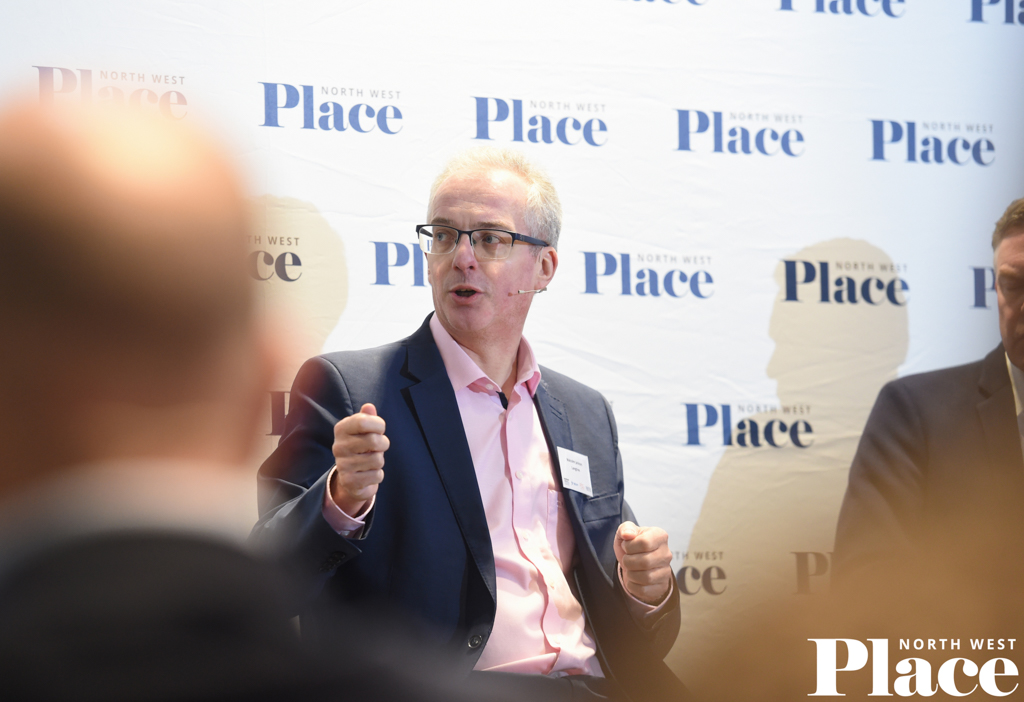
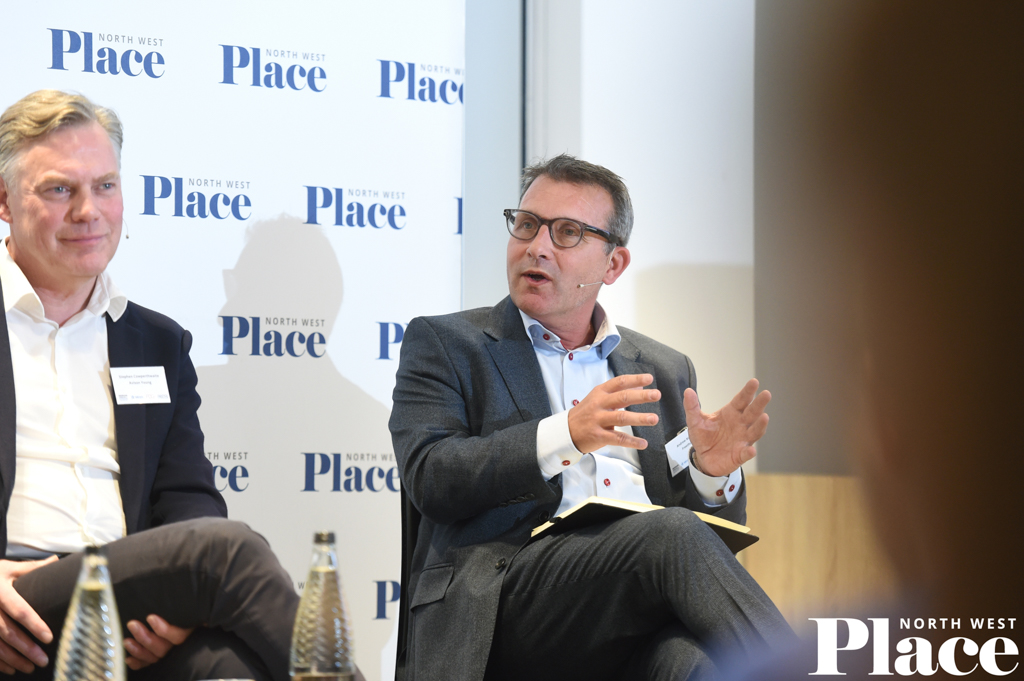
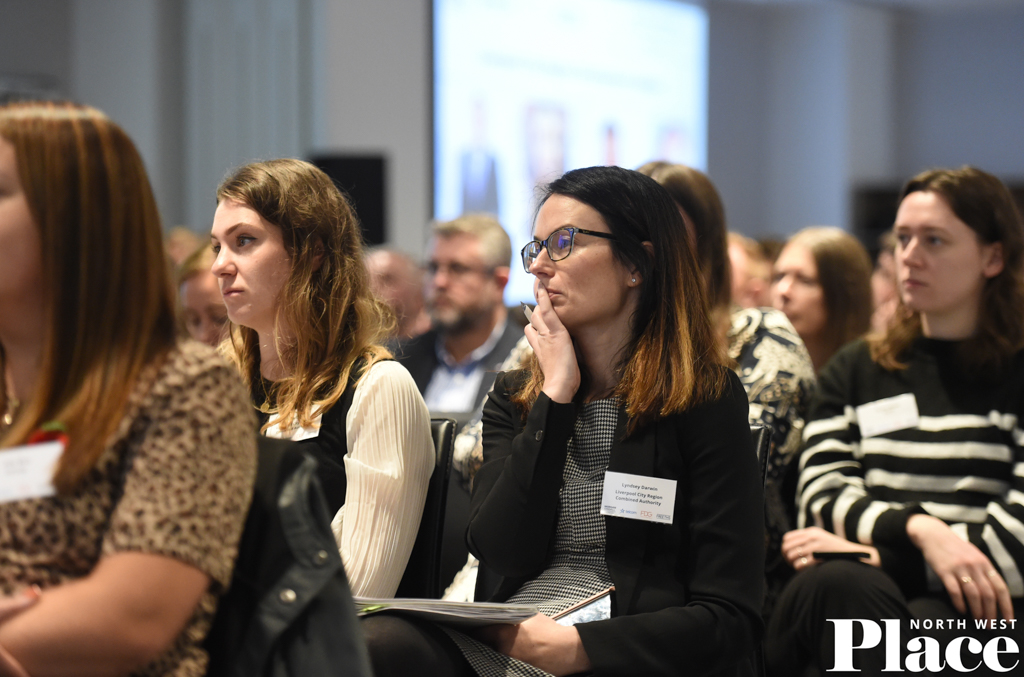
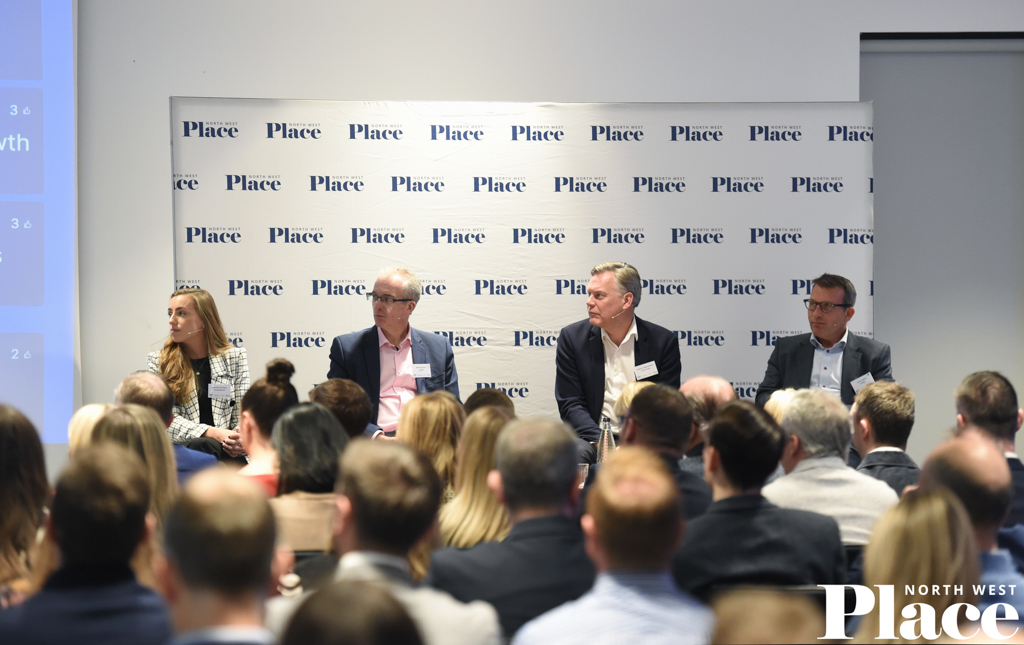
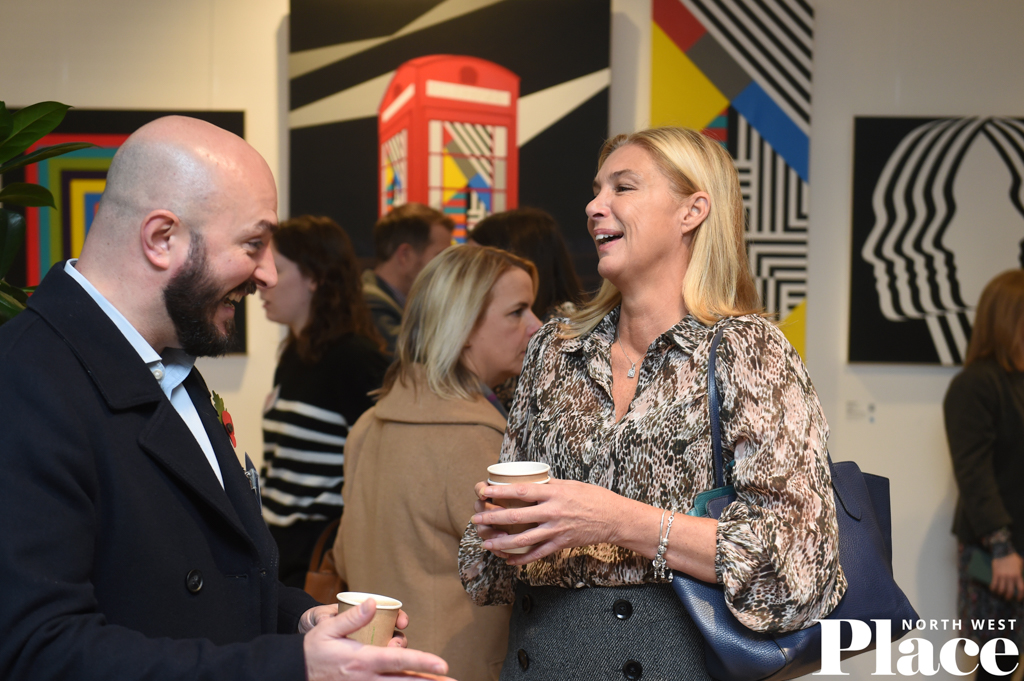
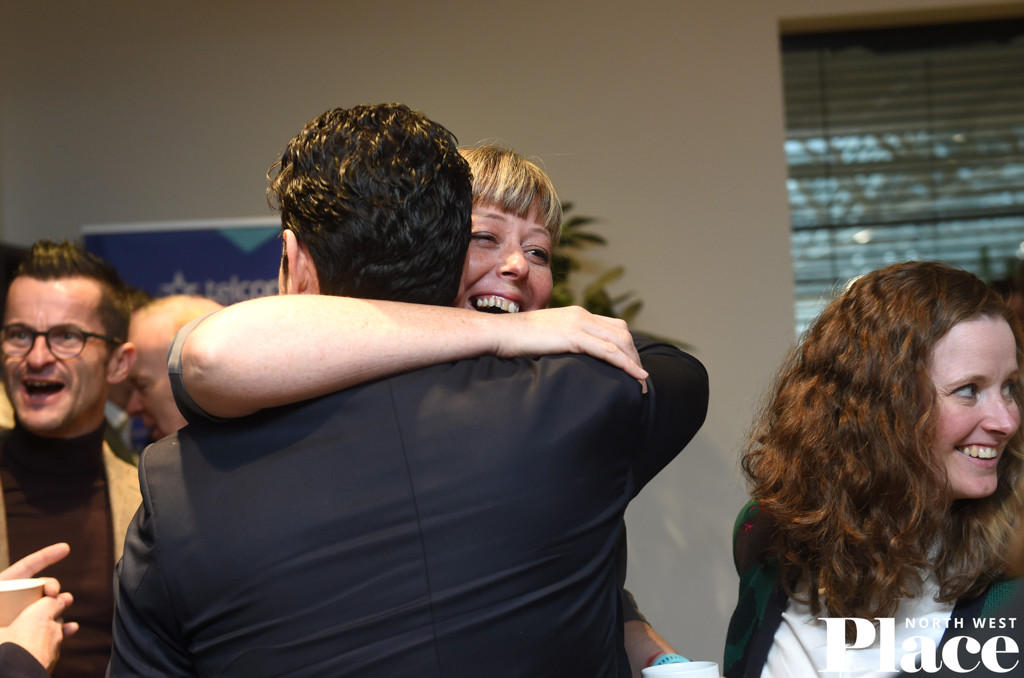
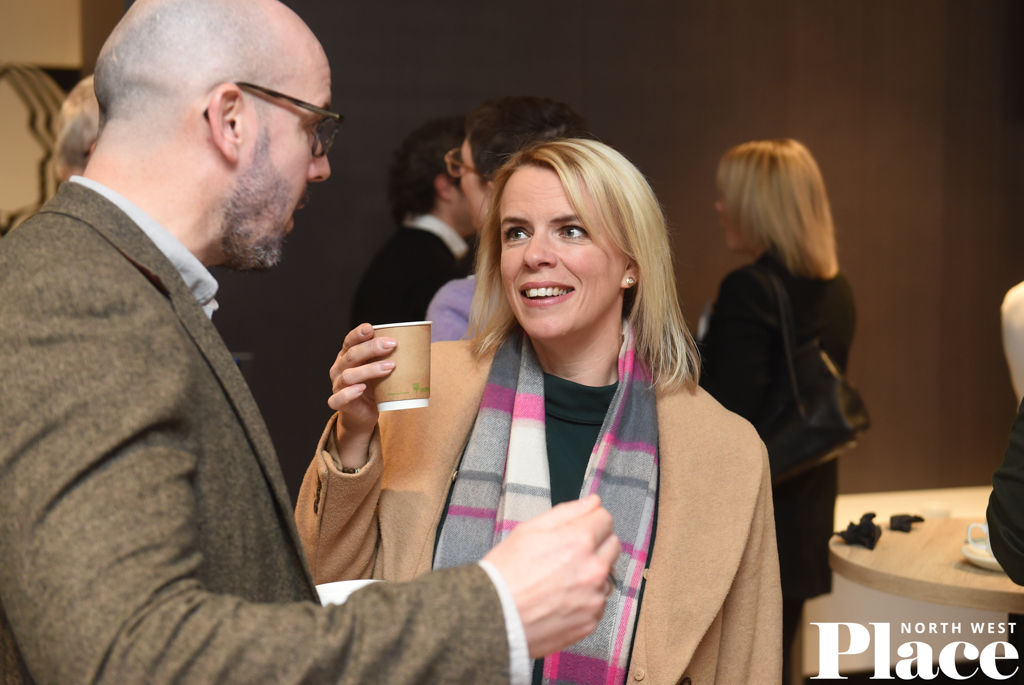
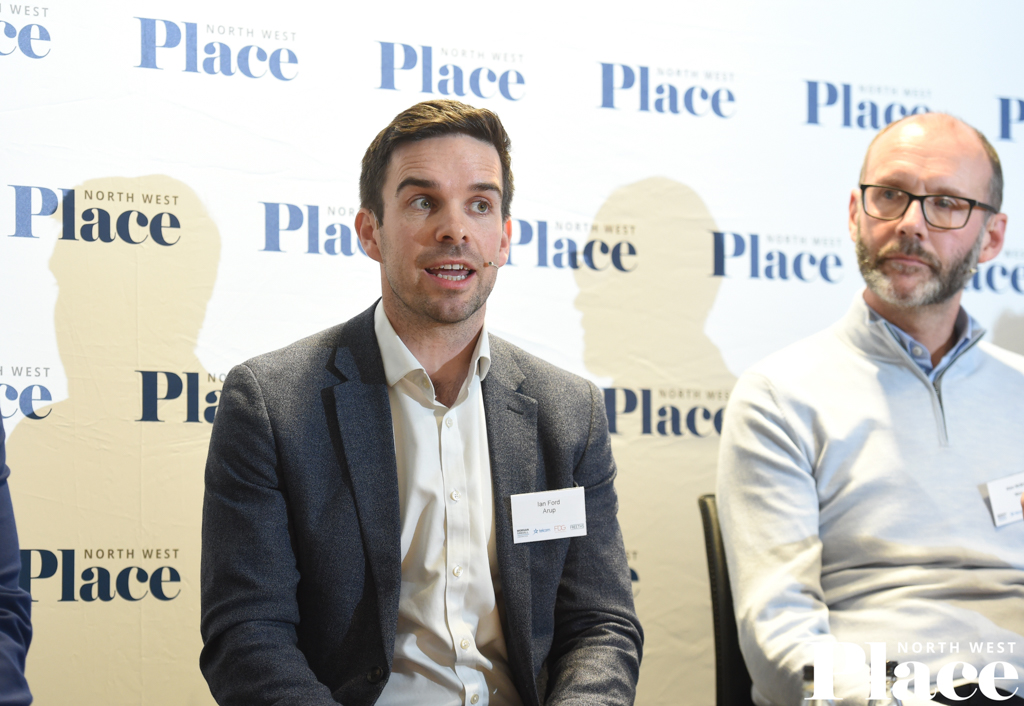
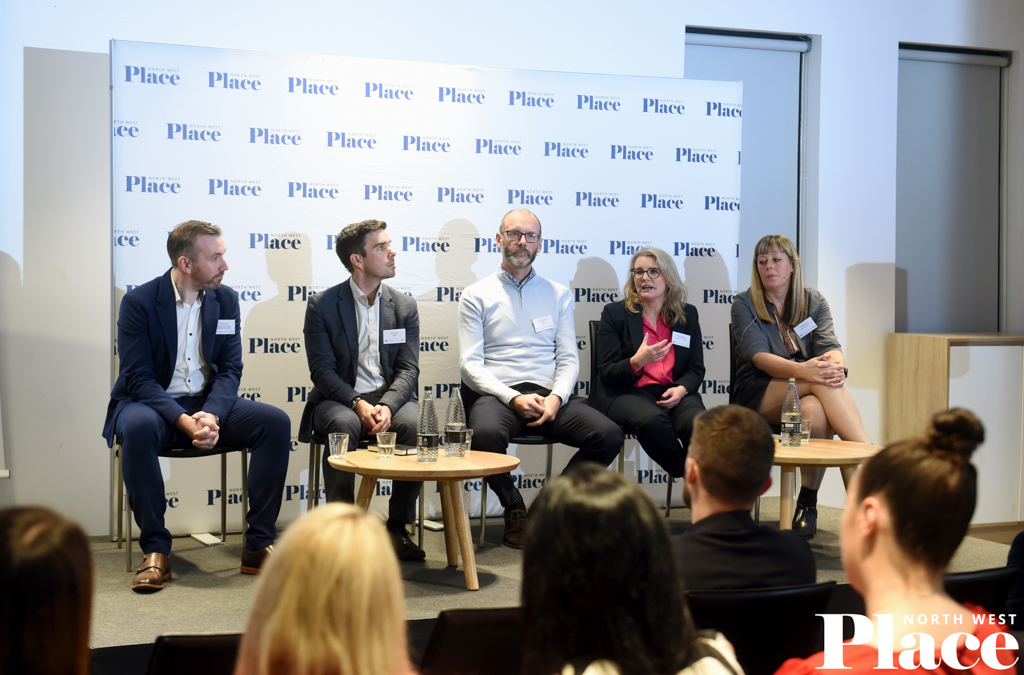
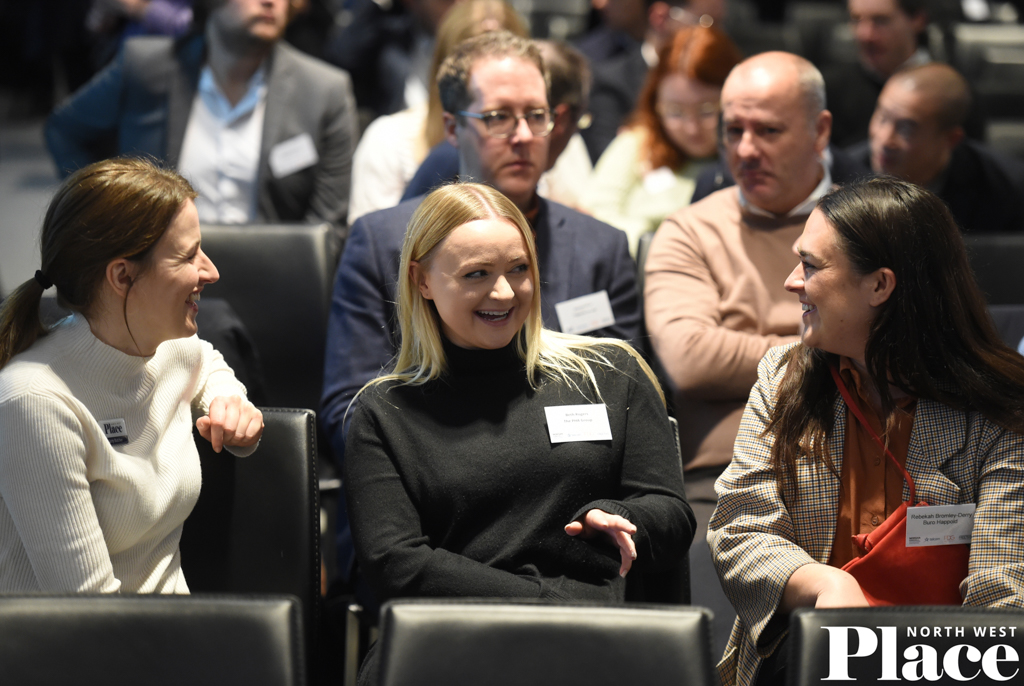
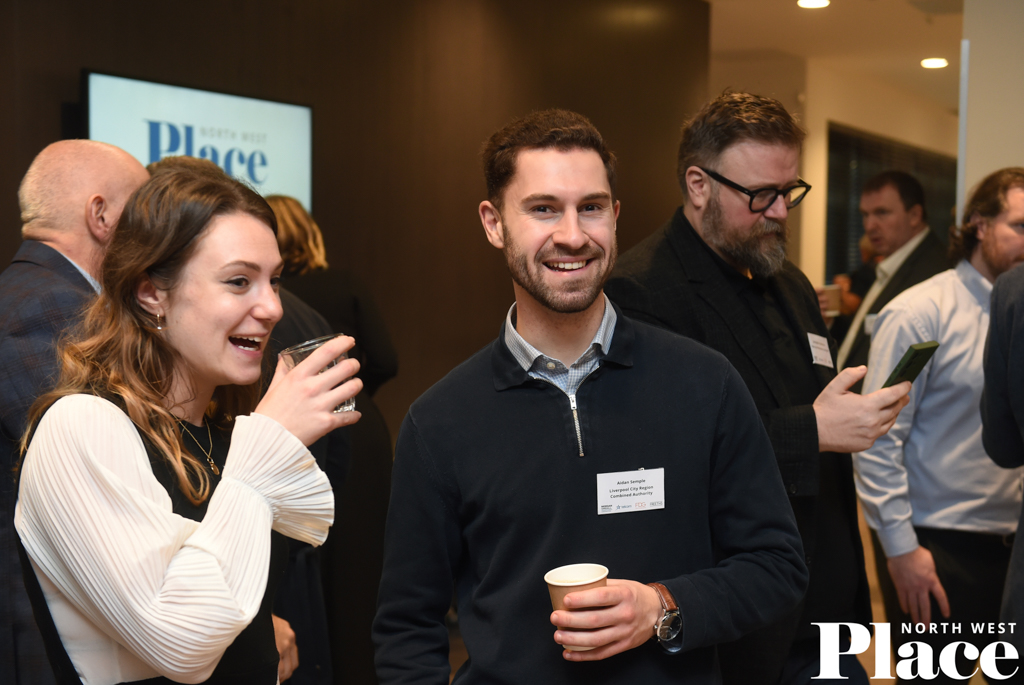
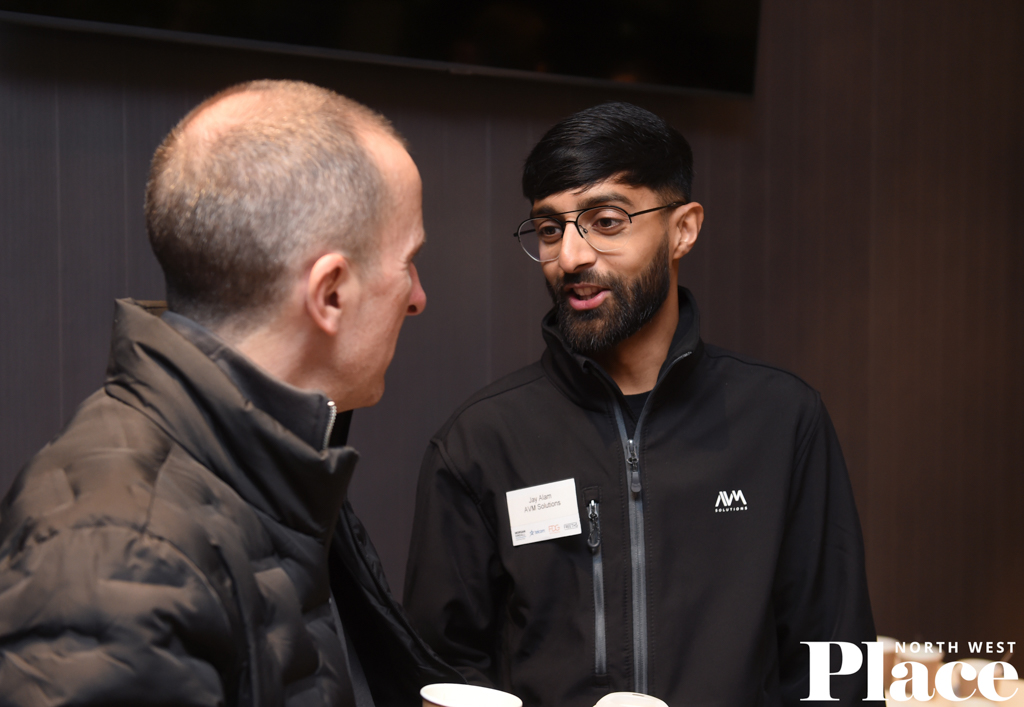
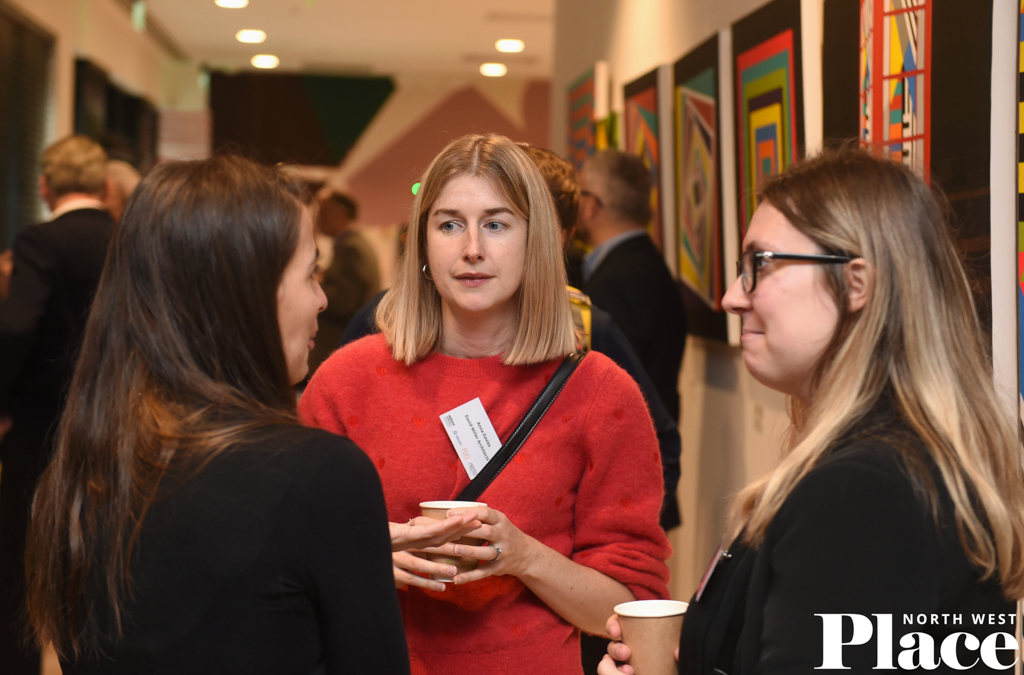
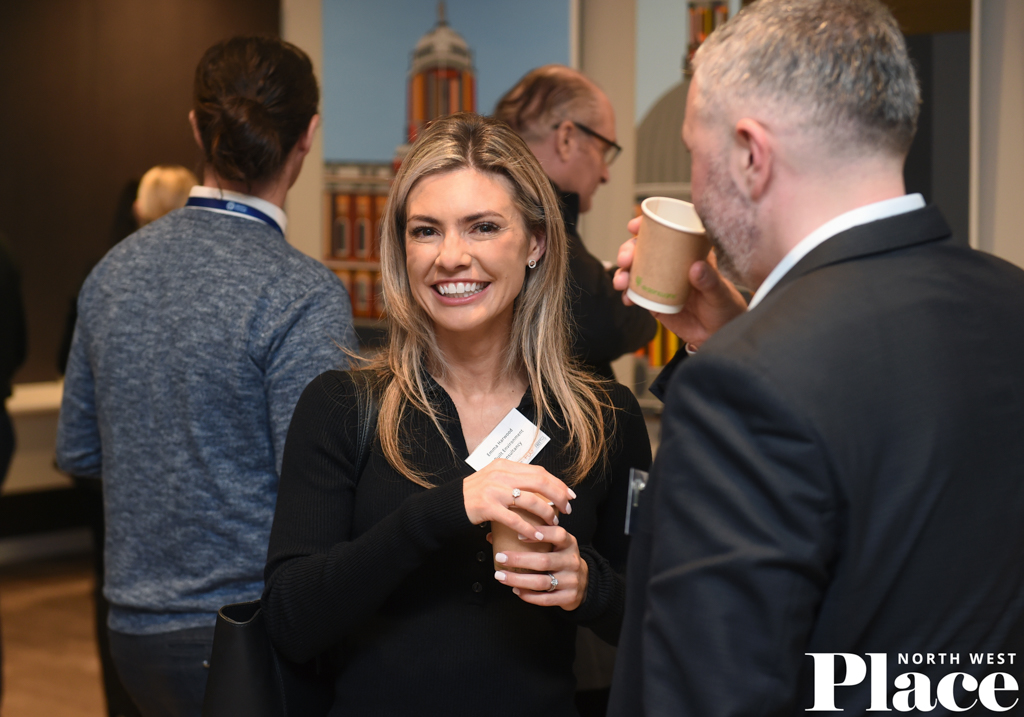
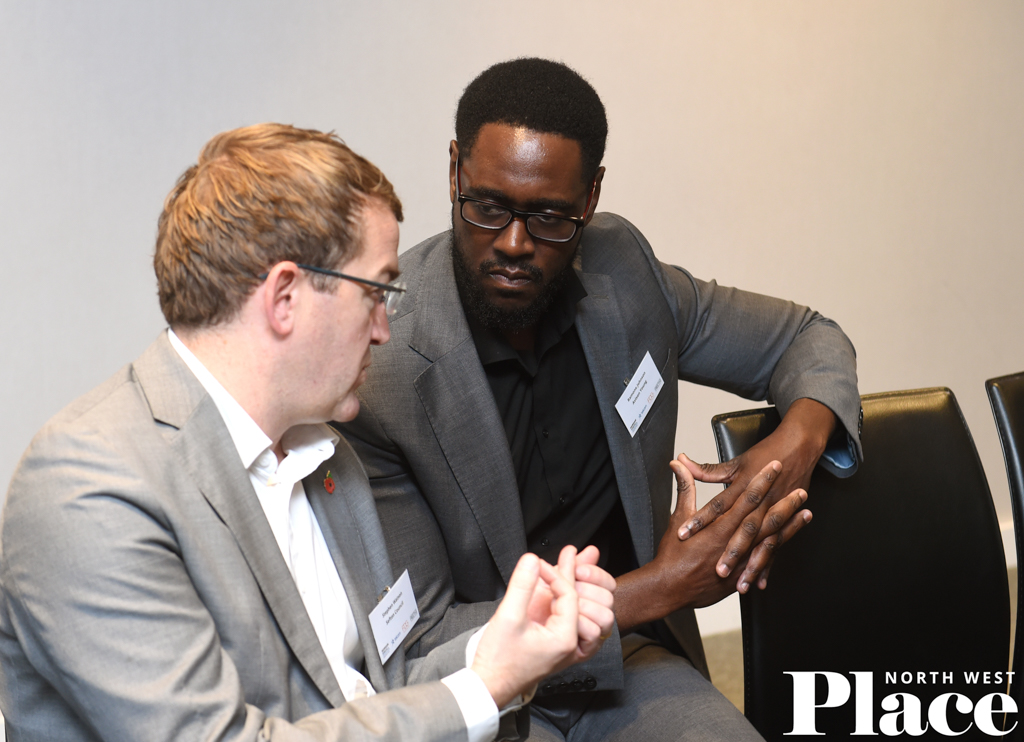
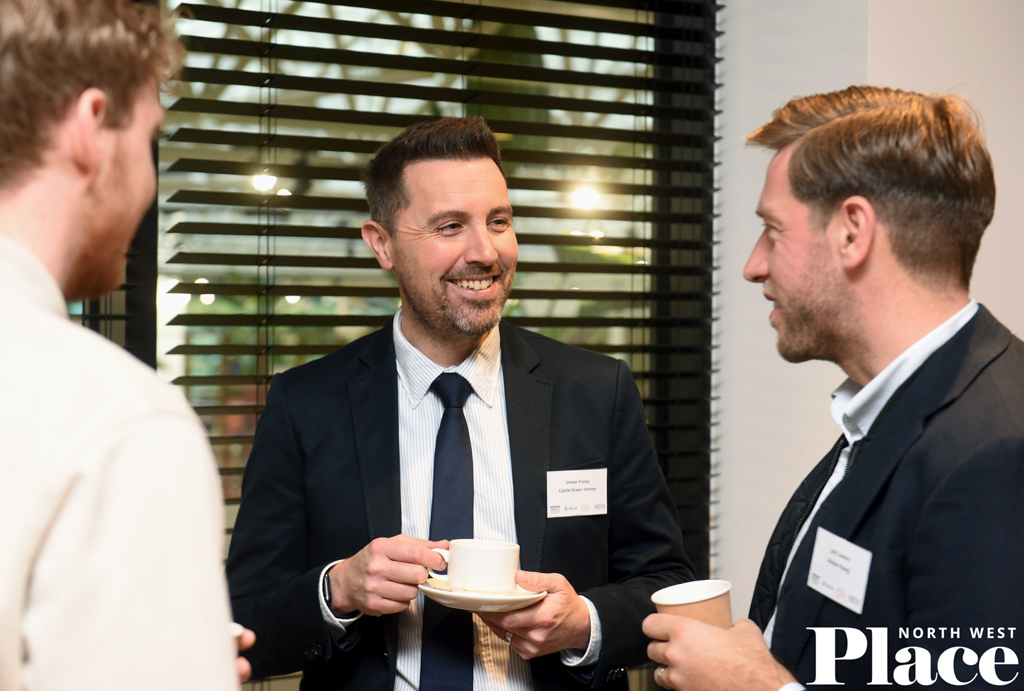
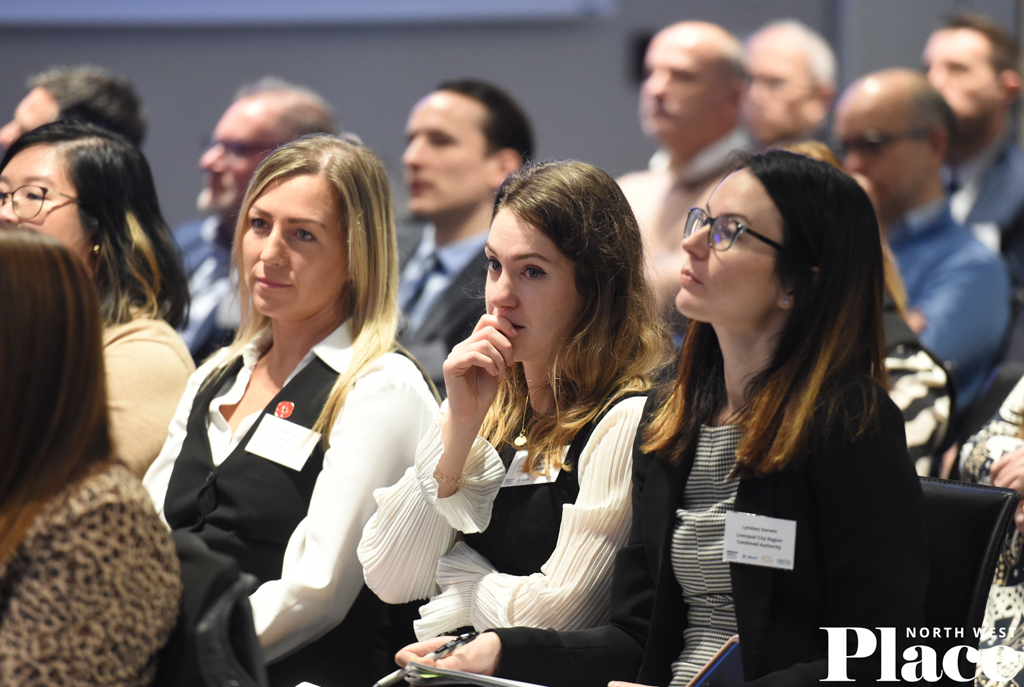
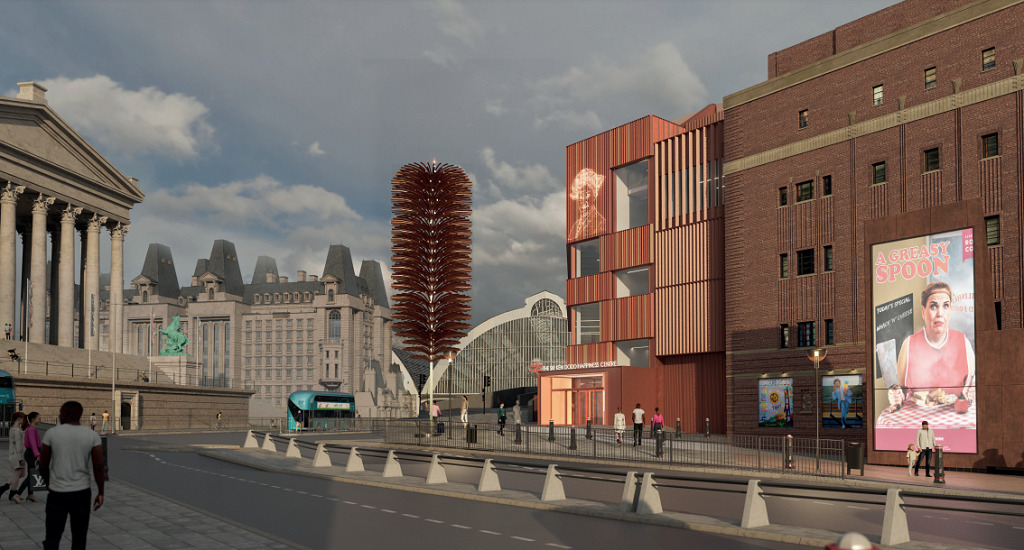
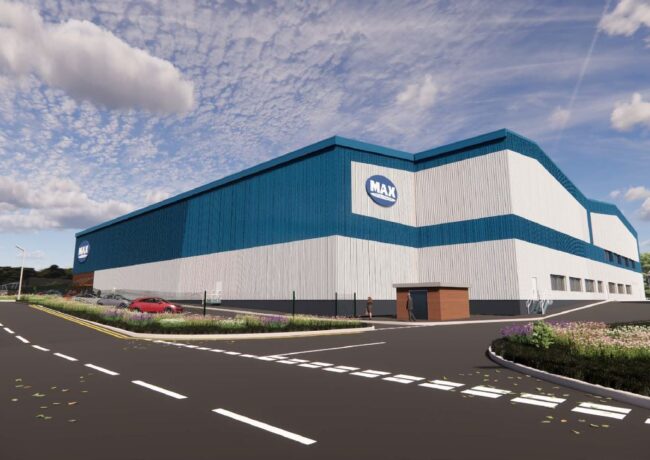
That was a disappointing read and Liam Robinson more or less repeated the same mantra that has been coming out of the Council for some time now “we are a great city, with a great brand”, but then he fails to convince as to why we struggle to get the top developers.
Oh and also he says there will be NO trams as they are too expensive, as this just is the complete opposite of what Steve Rotheram said last week, ie that trams are back on the agenda starting with a tram from the city centre to the Everton Stadium.
By Anonymous
Selling off the Cruise Terminal: “The private sector can do a better job”, says Cllr Robinson. So owning and operating to squeeze maximum profits from it is best for everybody! Pure ideology with no factual basis. Typical “politican speak”. Vote for me, but do not make me responsible or accountable for whatever happens in this community. And if the privately-owned Cruise Terminal needs a subsidy to make a profit or they will close it down, not one penny will be donated by Liverpool council who will let it close. Fairy stories for the sheeple.
By Anonymous
Wondering if Manchester and Birmingham are suffering the effects of this supposedly massive skilles shortage? Weirdly their planning agendas are often choka full and plenty pass through the process quickly enough?
By Anonymous
Less talk and some visible action would be appreciated. The council can issue as many statements, plans, frameworks as they want. It doesn’t count for anything until you see cranes across the city. All talk as always getting irritably tedious now.
By Michael Paul
Same word always pops into my mind…”When?” When will we start seeing the planning applications and cranes? Recent planning agendas have been pitifull reading so far.
By Anonymous
What a disappointing read that was heavy on back slapping marketing spiel and brand nonsense and light on anything of substance. Attracting business?…no, additional transport infrastructure? Err not today, offices, apartments, tall buildings policy?..moving swiftly on..🙄. At least they had a nice day out.
By Anonymous
It has been great to see so many comments on this event write-up, which attempts to summarize four hours of discussion over the course of three panels and a Q&A. Regrettably, it is not a transcript and much has been left out. A slightly more comprehensive look at what was covered can be found on our Twitter account, where we were live tweeting the event: https://twitter.com/PlaceNorthWest/status/1722539434652881377
By Julia Hatmaker
Oh well at least there was a buffet with tea and coffee that came out of it all , but absolutely nothing else for Liverpools agenda
By Anonymous
I suppose the “proof will be in the pudding”?
But I echo some of the comments below, it’s great having a world renowned name, but what about some renowned investment, over to you LCC?
By Liverpolitis
Ok this was a summary of the event but even that can reveal if any solid, juicy announcements have been made that are sure to , or about to, happen, but there was nothing. All we got was ifs and possiblies, naming the projects that have been on the back burner for years, and as regards things in the pipeline is that pipe a drain as very little seems to come to the surface.
By Anonymous
Nothing changes if NOTHING changes
By Anonymous
NM Liverpool has become way too PC , some of the sound bites and intentions are far removed from what the purpose of a maritime Museum should be focused on . Any chance of some ships ???
By Paul
Same old talks nothing too ambitious very low key. We don’t want to draw attention to ourselves now do we .Keep it simple and very easy to manage. Major city small town views .
By Anonymous
The corporate director of city development says” we want good quality in the right location”, what a shame then that some of the best inner-city land in the recent past has been given over to some of the most bland, low-rise council housing I`ve ever observed eg Park Lane, totally inappropriate and we are stuck with this for years to come.
The city seems proud of it`s tall buildings policy but it still comes over as anti talls and it`s unclear as to whether they will allow anything of serious height even in the designated areas.
By Anonymous